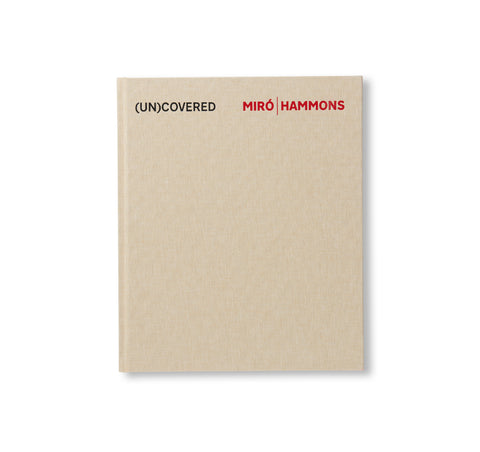REVUE CAHIERS D’ART, 2018, MIRÓ by Joan Miró
スペイン人アーティスト、ジョアン・ミロ(Joan Miró)の作品集。1926年にパリのサン=ジェルマン=デ=プレでクリスチャン・ゼルボス(Christian Zervos)が創刊した美術雑誌「カイエ・ダール(Cahier D’Art)」。1960年に廃刊となったが、2012年にスタファン・アーレンバーグ(Staffan Ahrenberg)によって、エルズワース・ケリー(Ellsworth Kelly)特集号で復刊した。本「レビュー・カイエ・ダール(Revue Cahier D’Art)」2018年号は、作品と共に作者と「カイエ・ダール」の関係性を巡る、最も美しい文章で書かれたアンソロジーである。
作者のコレクションの未公開作品や小品も紹介、1936年の第1号から第4号のために作者が制作したステンシル作品をシルクスクリーンで印刷し、本号の表紙として採用した。また、スタファン・アーレンバーグとアーティストのミケル・バルセロ(Miquel Barcelo)によるインタビュー、同じくアーティストのヘレン・マルテン(Helen Marten)、ク・ジョンア(Koo Jeong A)、カレル・マリフ(Karel Malich)の作品も収録。
カタルーニャの美しい風景と物の根源的な力から、作者の作品は魔術的な拡がりや動作、理論を繰り広げてみせる。「カイエ・ダール」の創始者である芸術評論家のクリスチャン・ゼルボス(Christian Zervos)は、唯一無二のアーティストである作者を「当時最も抒情的な画家」、「最重要のポスト・キュービスト・アーティスト」と評し、その作品を絶え間なく追い、擁護しつづけた。実際のところ、作者は「カイエ・ダール」創刊当時の1926年から廃刊となった1960年まで誌面に登場し続けている。数多くの表紙を手がけ、特に有名なステンシル作品である「スペインを救え(Aidez l’Espagne! / Help Spain)」は1937年の第4号と第5号に掲載された。
本書では、作者の原始主義の偉大なる独創性を反映すると共に、作者のスタジオにあふれたもの、そしてその蔵書のいくつかに描き加えられた未公開の絵画、その二つのコレクションを紹介する。作家であるジャック・デュパン(Jacques Dupin)と作者の間で交わされた未公開の書簡に関するエリザ・シュラウニク(Élisa Sclaunick)のエッセイ、パルマのスタジオやバルセロナの「ミロ美術館(Fundació Joan Miró)」を設計した建築家、ホセ・ルイ・セルト(José Luis Sert)に敬意を表し著された、建築家・建築史家のジャン=ルイス・コーエン(Jean-Louis Cohen)によるテキストを収録。また、美術史家であり「ミロ美術館」のディレクターであるローザ・マリア・マレット(Rosa Maria Malet)のテキストではの同美術館の歴史を振り返る。
スタファン・アーレンバーグ、サム・ケラー(Sam Keller)、ハンス・ウルリッヒ・オブリスト(Hans Ulrich Obrist)が編集を手がけ、ジョアン・プニェット・ミロ(Joan Punyet Miró)、 スタファン・アーレンバーグ、レミ・ラブルース(Rémi Labrusse)による序文、アーネスト・ヘミングウェイ(Ernest Hemingway)、フアン・ラレア(Juan Larrea)、ドラ・ヴァリエ(Dora Vallier)らのテキストも掲載。
The 2018 Cahiers d’Art revue revisits Miró’s works and relationship between Miró and Cahiers d’Art through an anthology of the most beautiful texts published in the revue. It also introduces unpublished objects and pieces from the artist’s collection. The stencil Miró made for the No. 1-4 of the 1936 revue is silkscreened as this revue’s cover. The issue also includes an interview with Staffan Ahrenberg and Miquel Barceló, and works by Helen Marten, Koo Jong A and Karel Malich.
Anchored in the beauty of the Catalan land and in the primitive power of objects, Miró's works unfold their magical dimension alongside movements and theories. The art critic and founder of Cahiers d'Art, Christian Zervos never stopped following and defending the work of this unclassifiable artist, "the most lyrical painter of his time" and "the most important post cubist artist". Miró is indeed present in Cahiers d'Art from the first year of its existence, 1926, utill the last, 1960. He drew many covers and his famous stencil "Help Spain!” (Aidez l’Espagne!) was published in the No. 4-5 of the 1937 issue of the Cahiers d’Art revue.
This issue of the new revue, under the direction of Rémi Labrusse, revisits the relationship between Miró and Cahiers d'Art through an anthology of the most beautiful texts published in the revue. It also provides insight into the great originality of Miró's primitivism and a discovery of two collections of the artist: the objects that filled his studio, and the unpublished paintings that he added into certain books in his library. An essay by Élisa Sclaunick is dedicated to Miró's unpublished correspondence with writer Jacques Dupin. A text by Jean-Louis Cohen pays tribute to the architect José-Luis Sert who created the buildings of the Palma studio and the Barcelona Foundation, while Rosa Maria Mallet returns to the history of the Miró Foundation.
Lastly, four artists complete the revue with a contemporary counterpoint: the Spanish Miquel Barceló, the English Helen Marten, the South Korean Koo Jong A and the Czech Karel Malich.
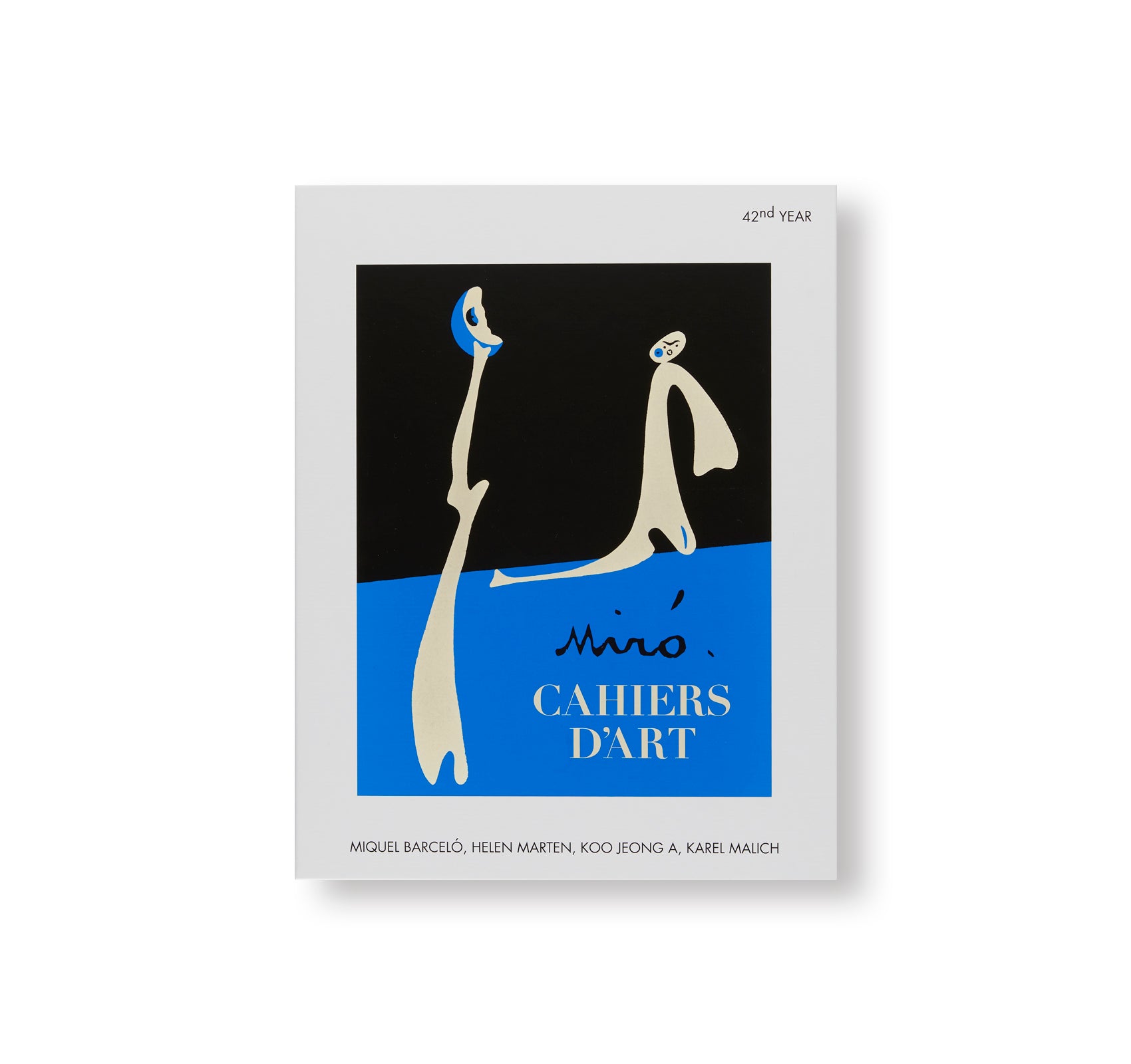
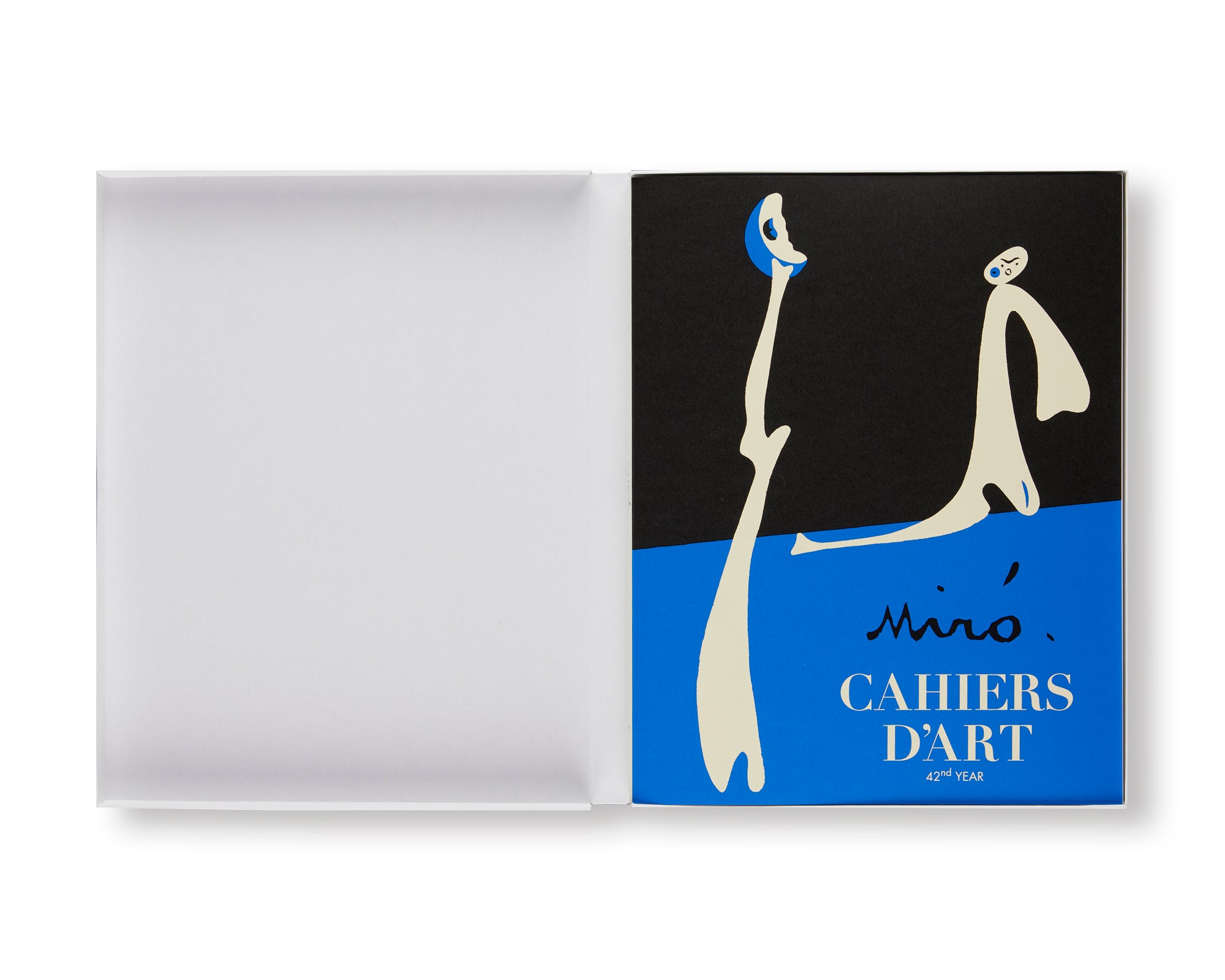
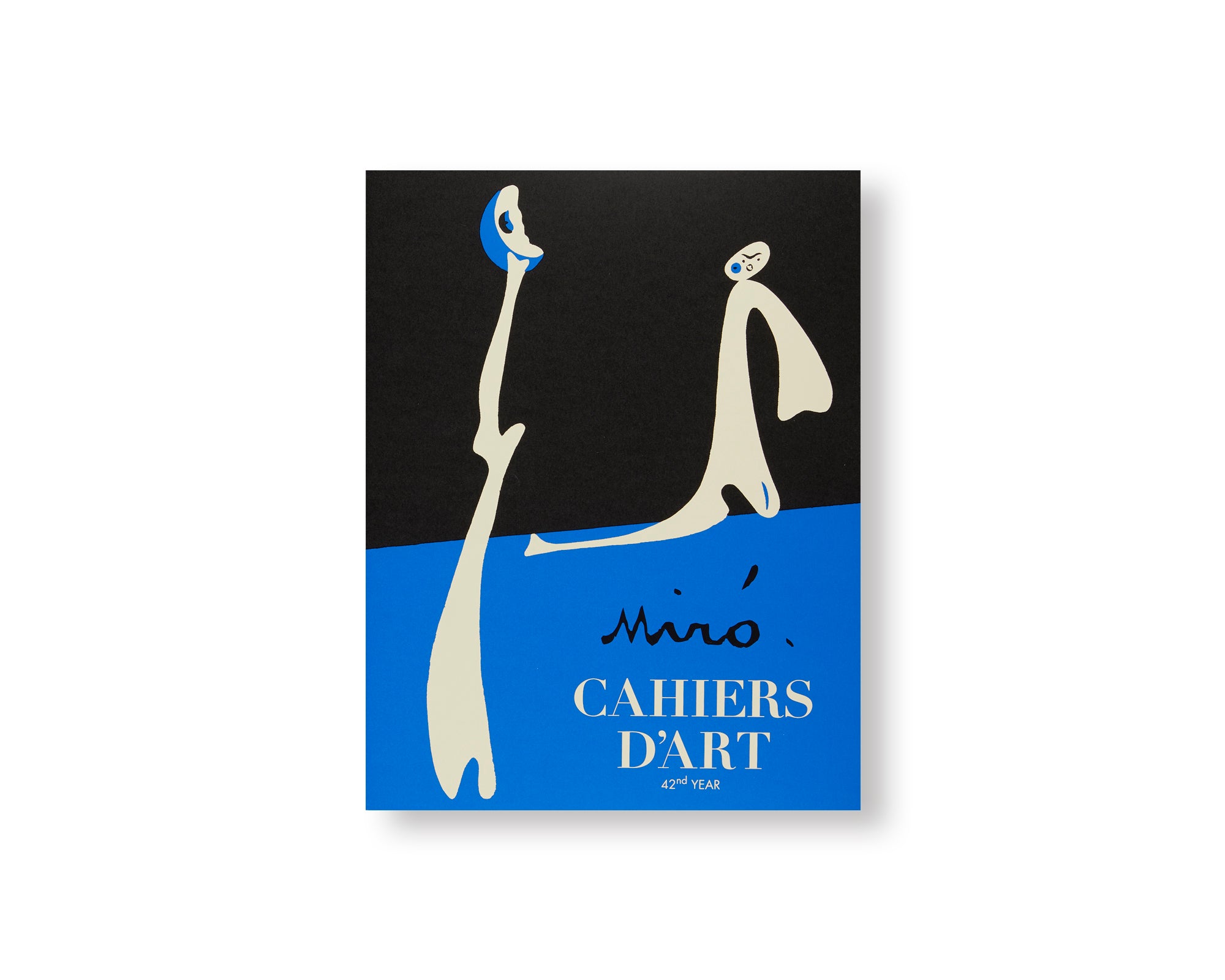
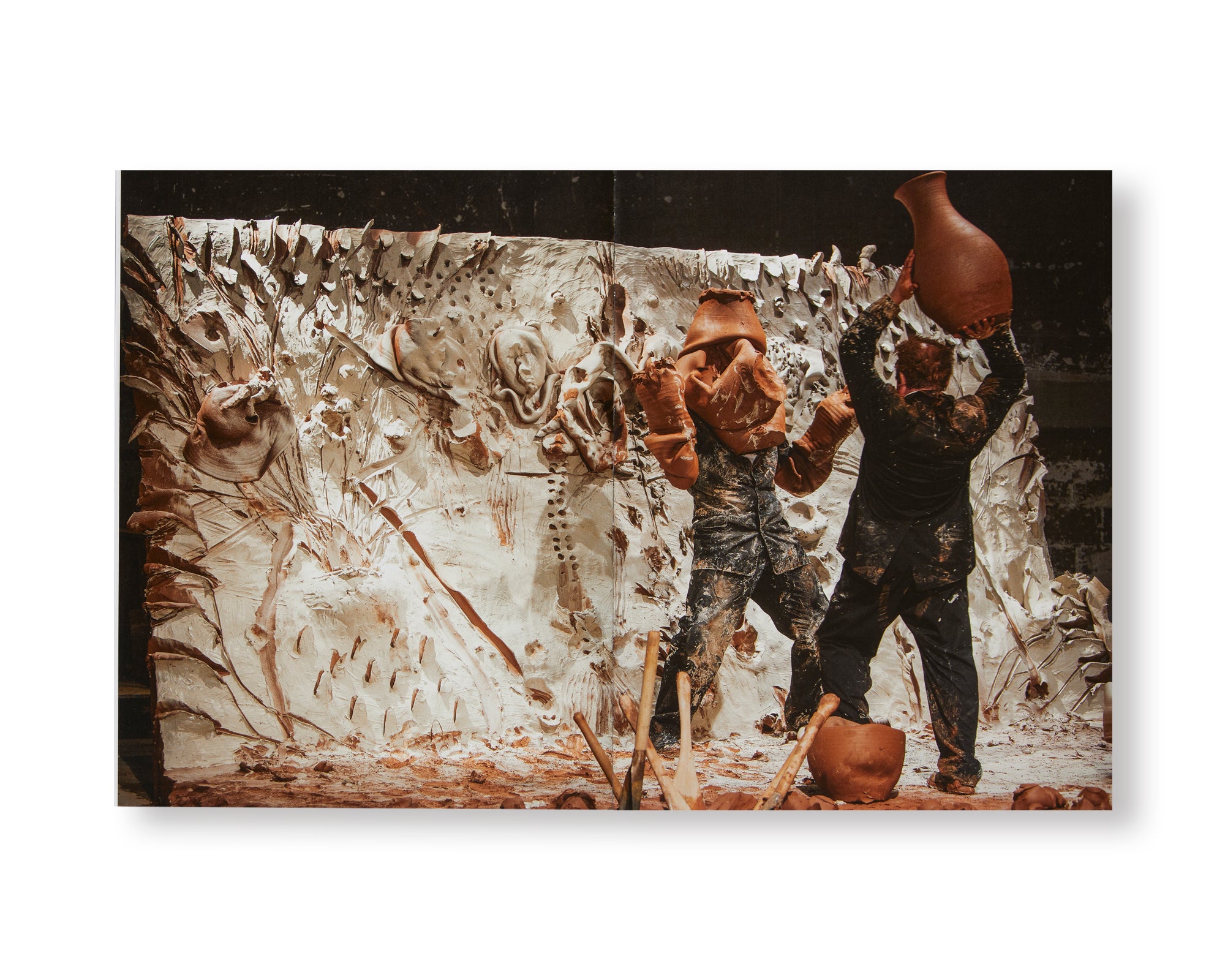
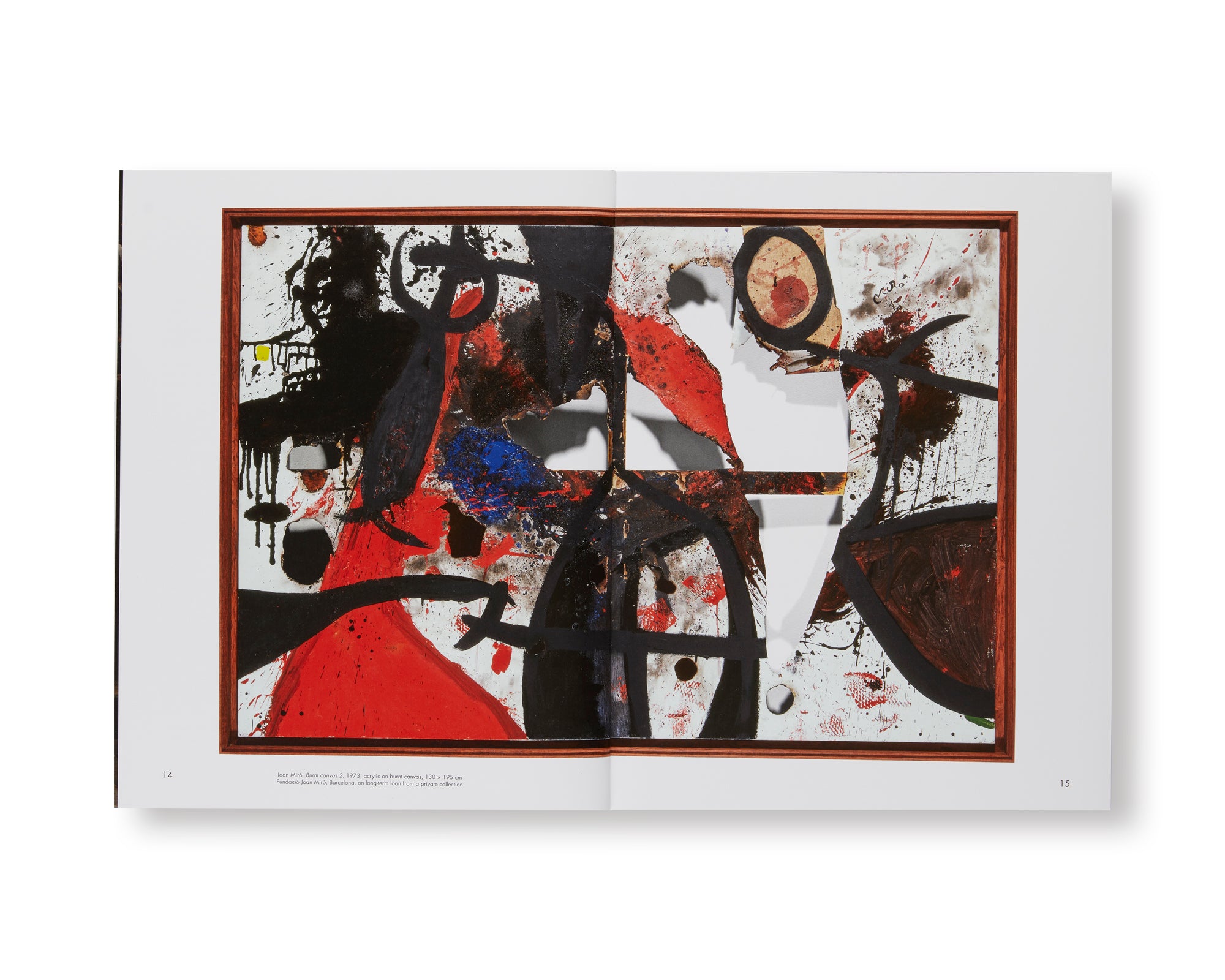
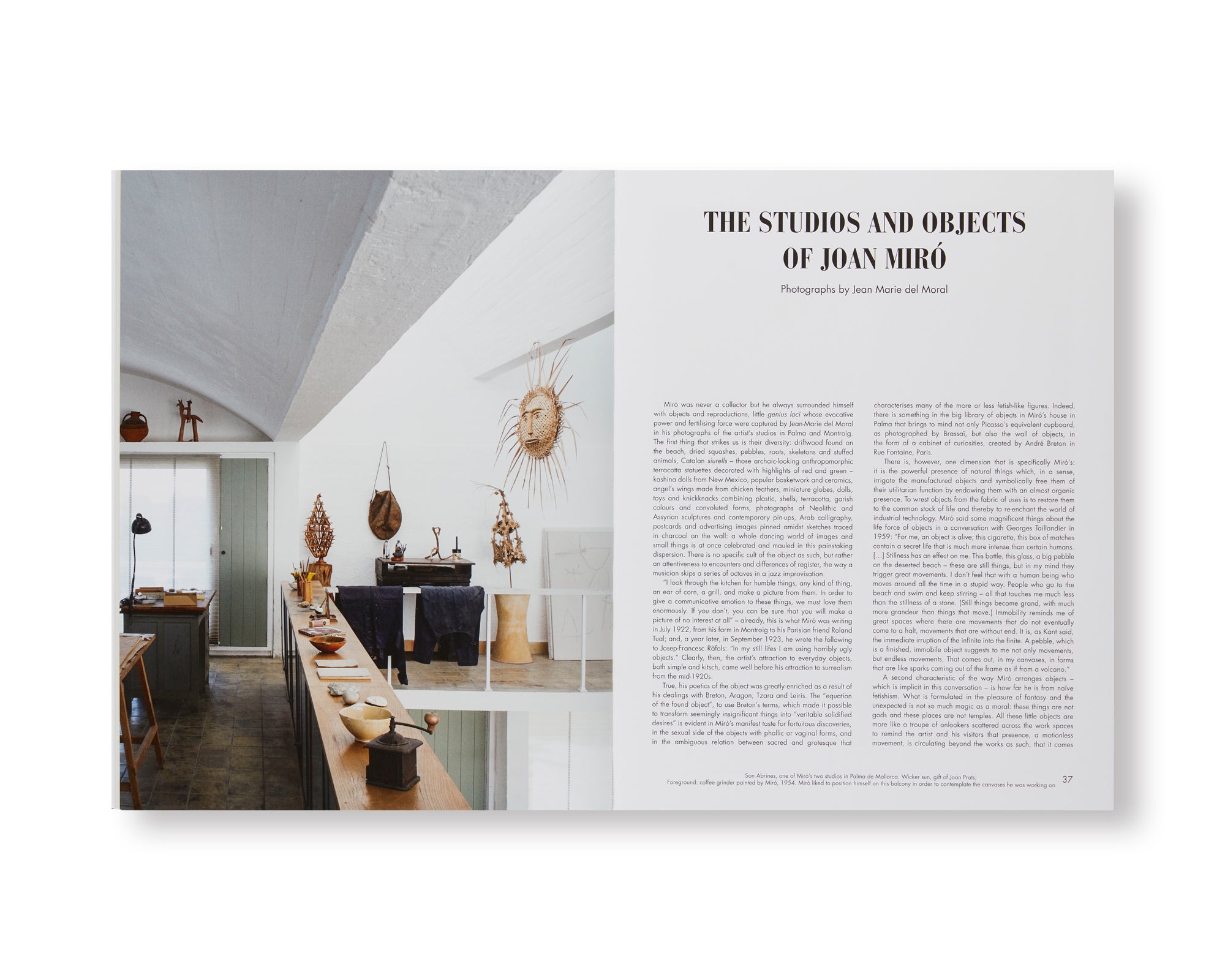
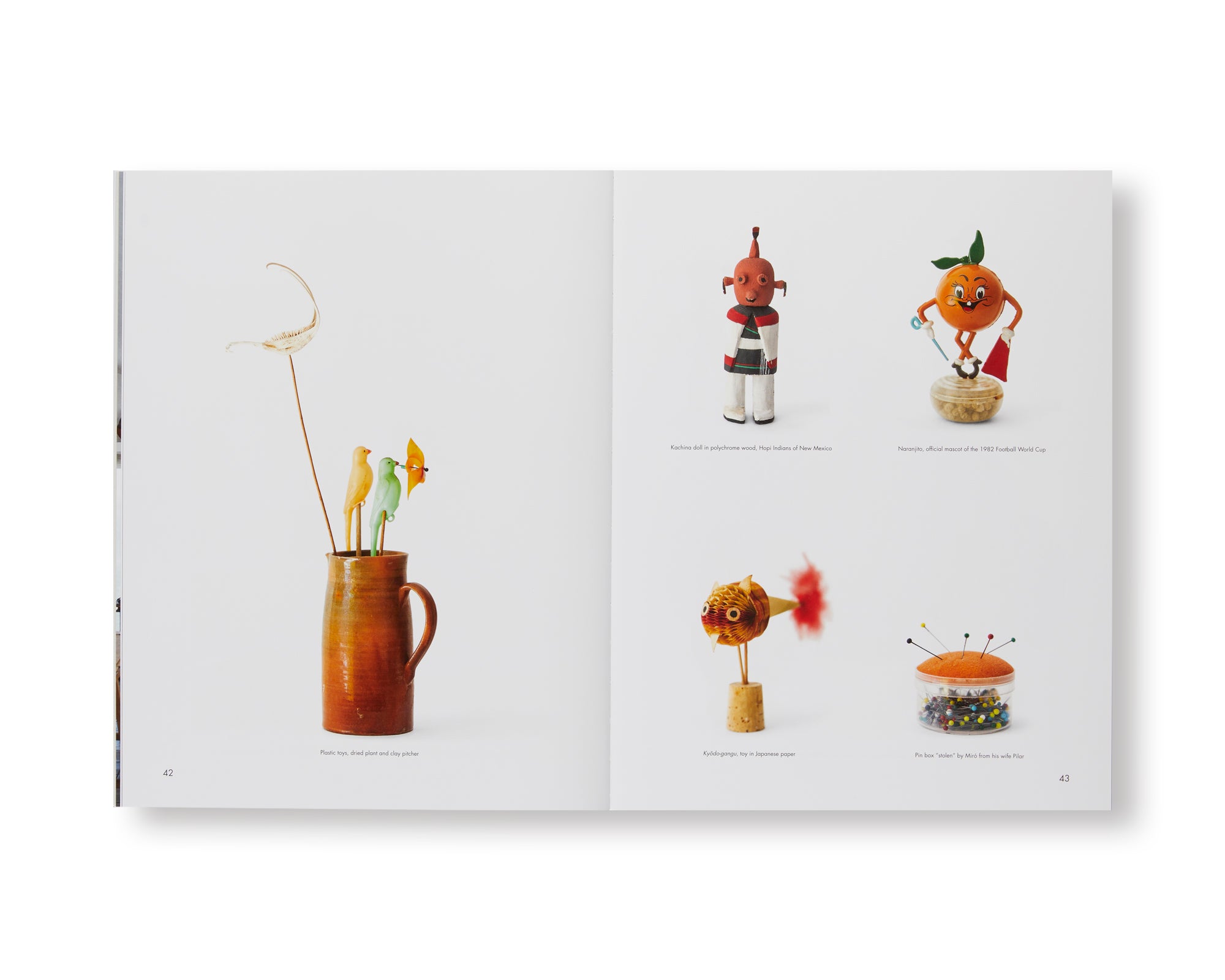
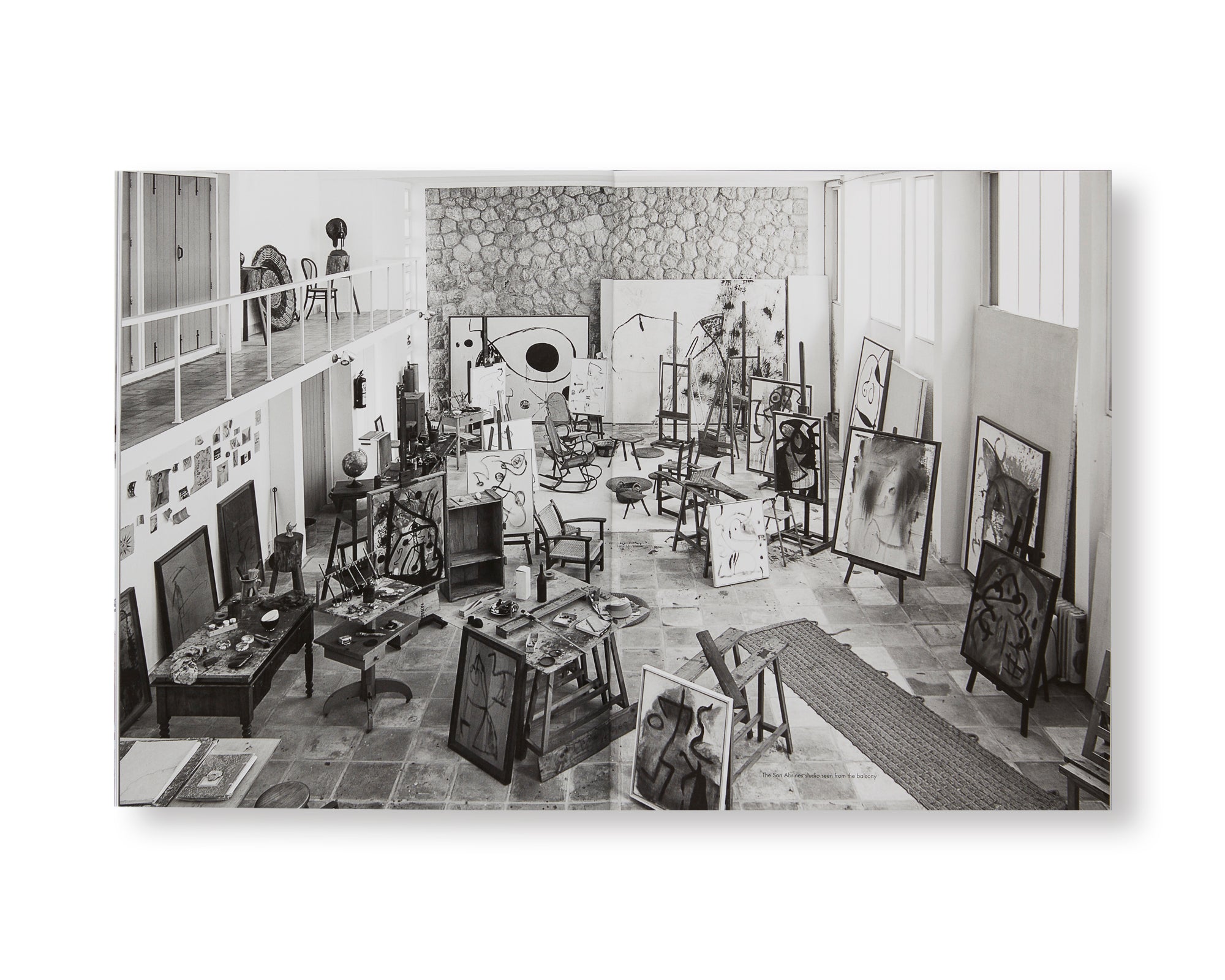
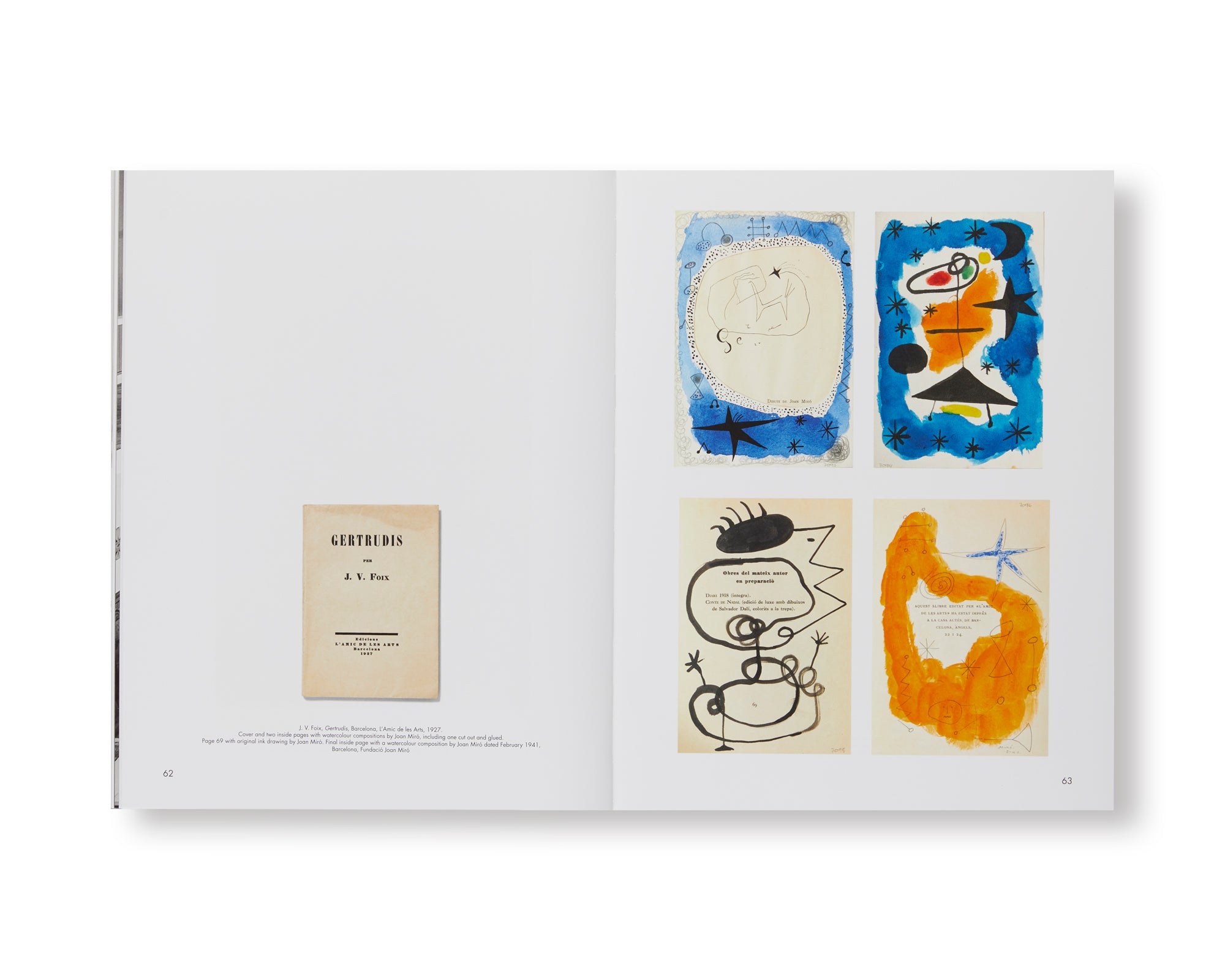
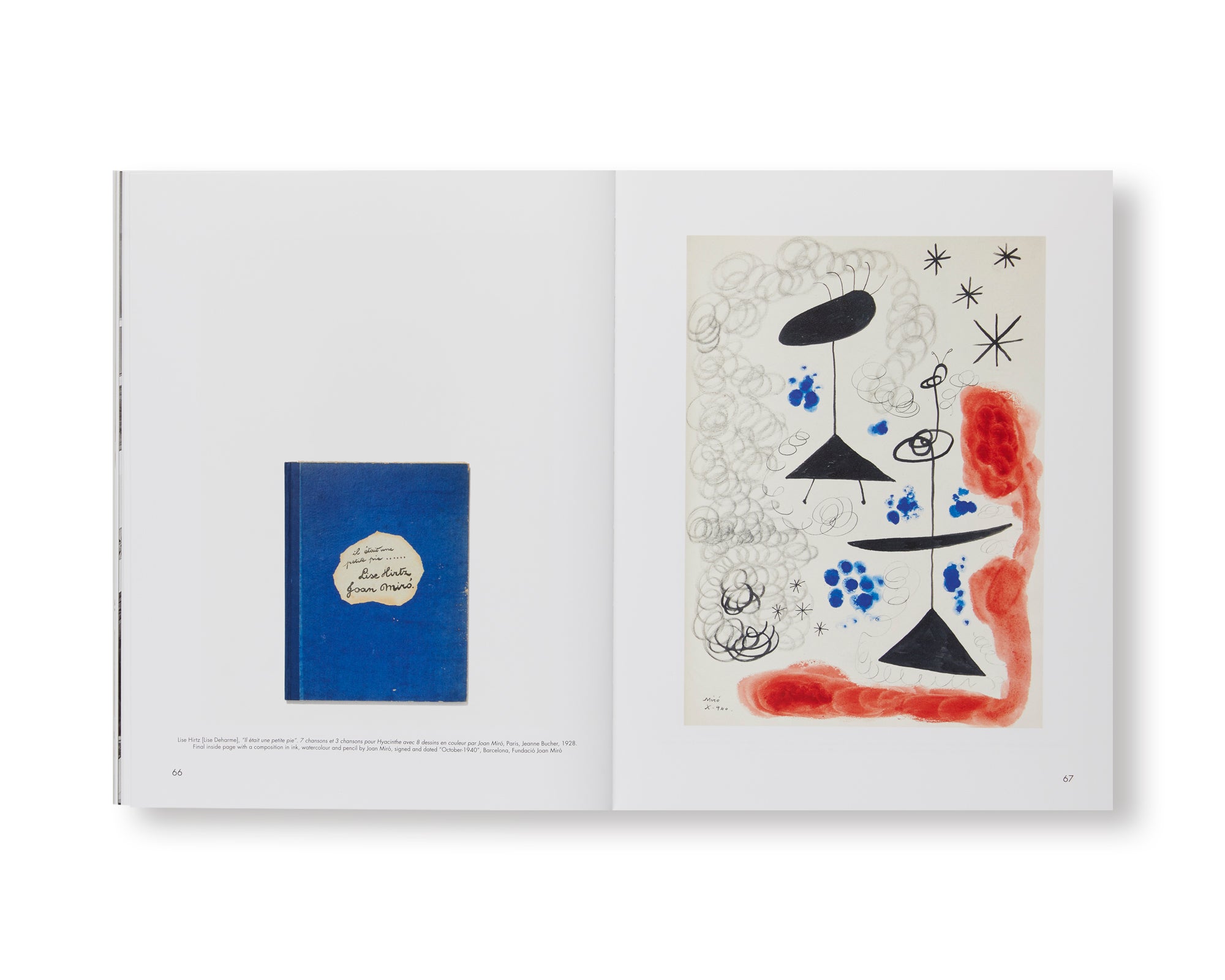
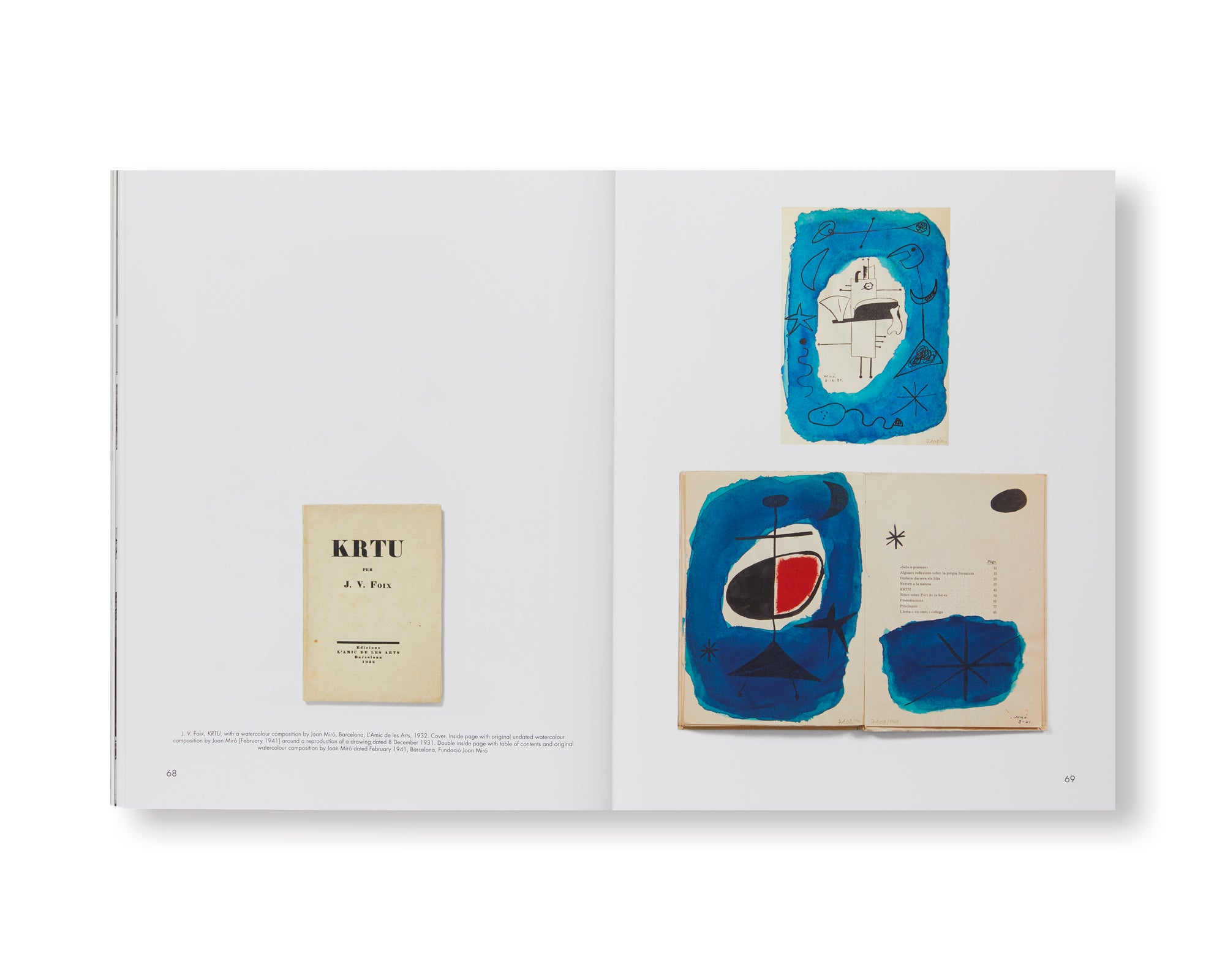
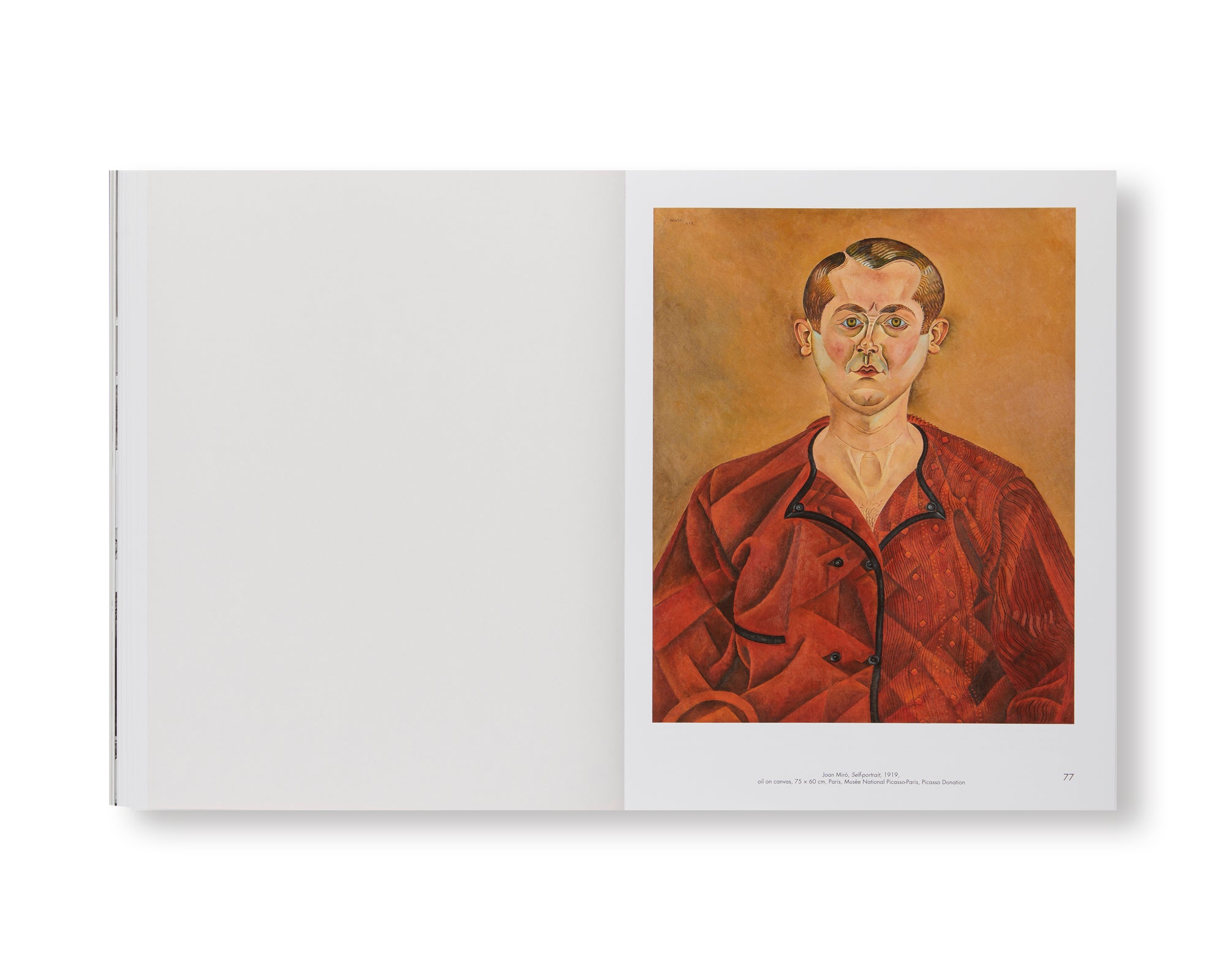
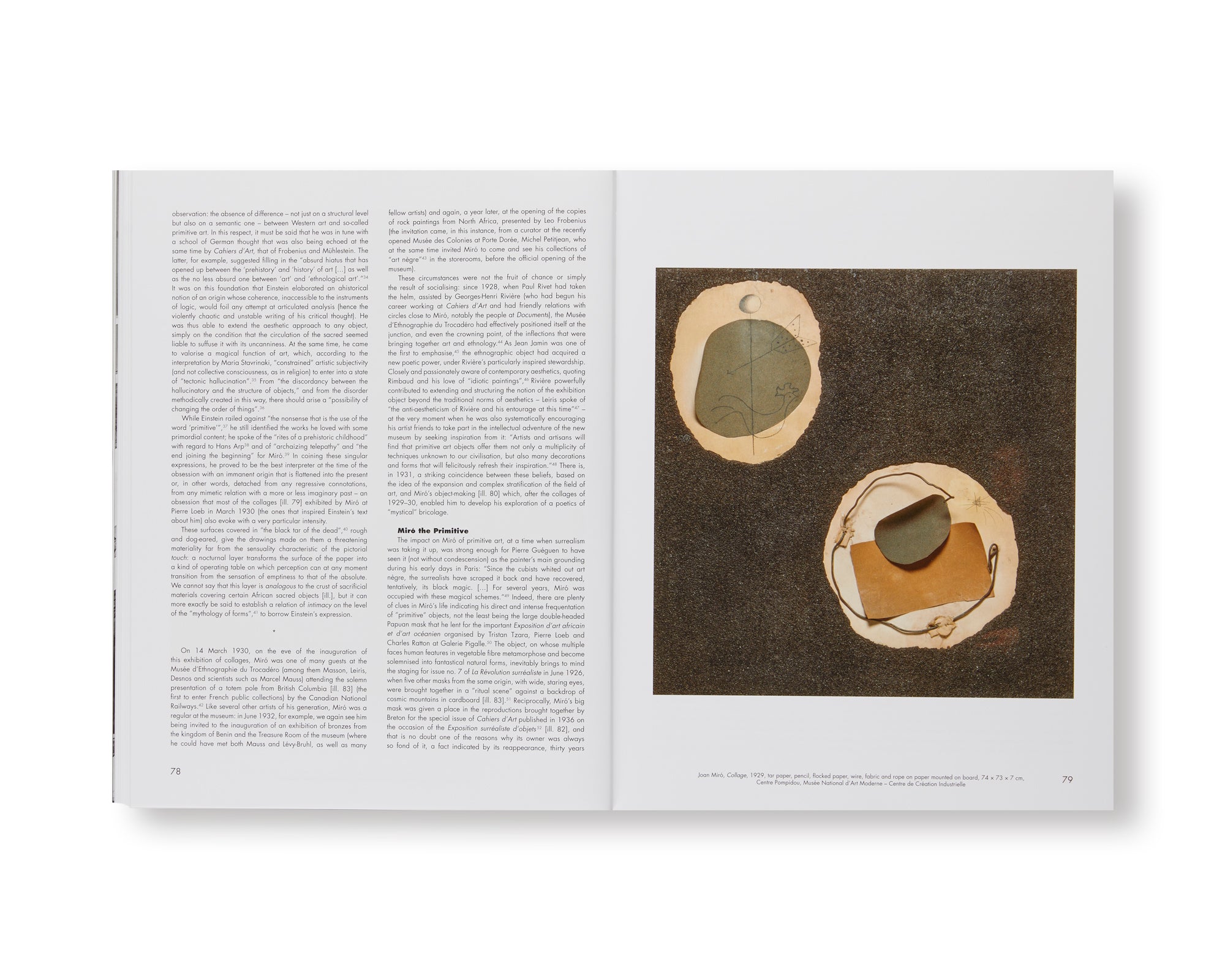
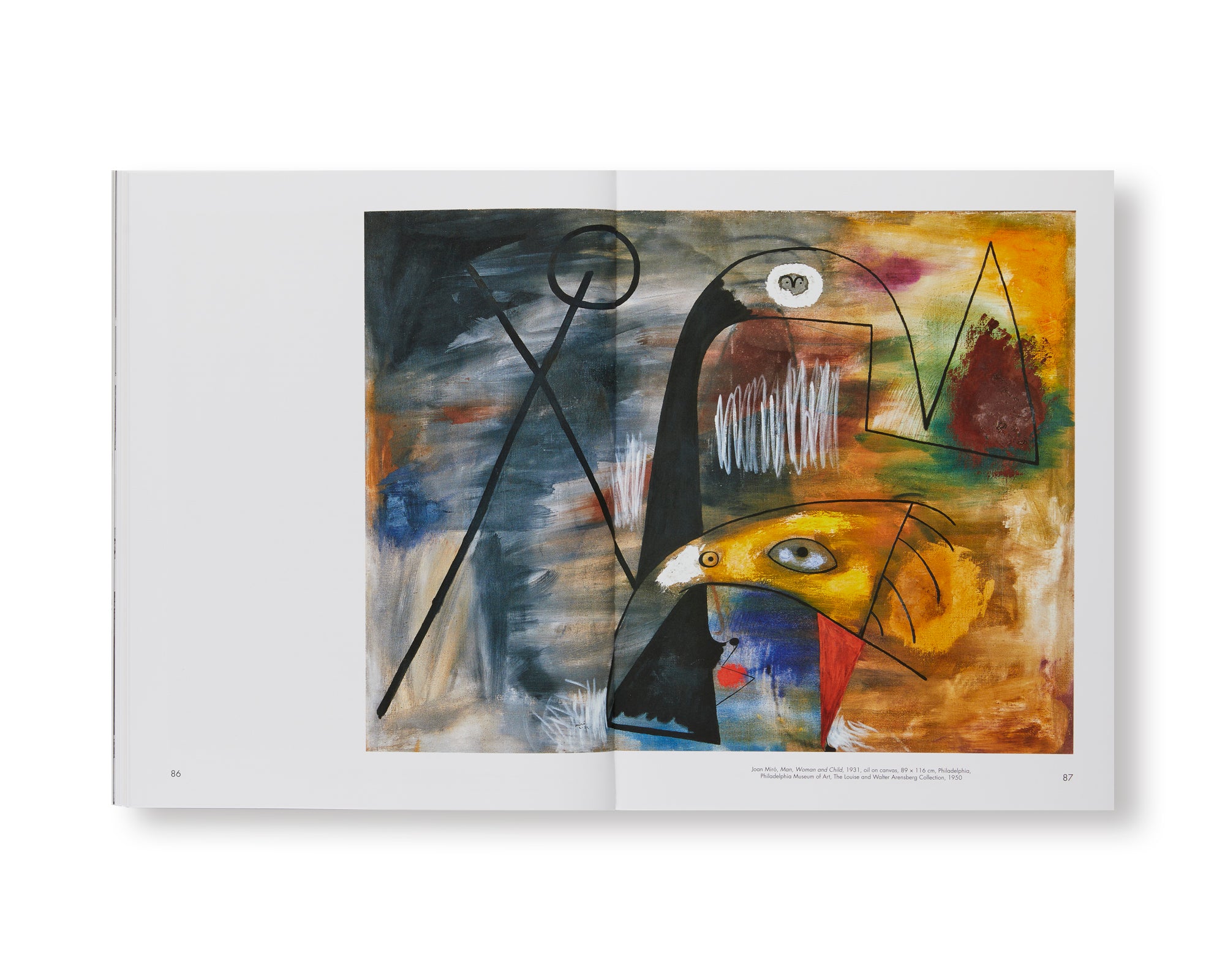
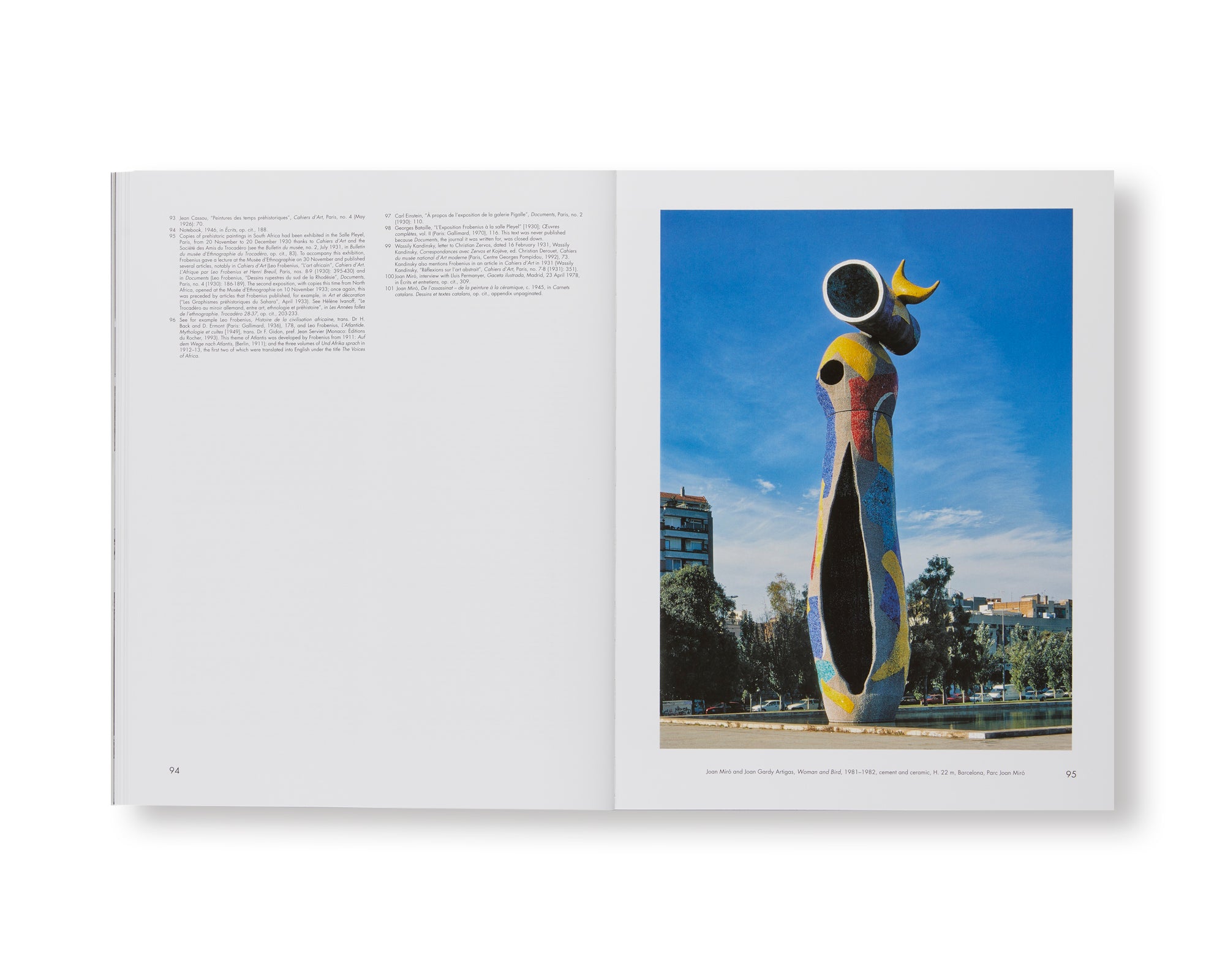
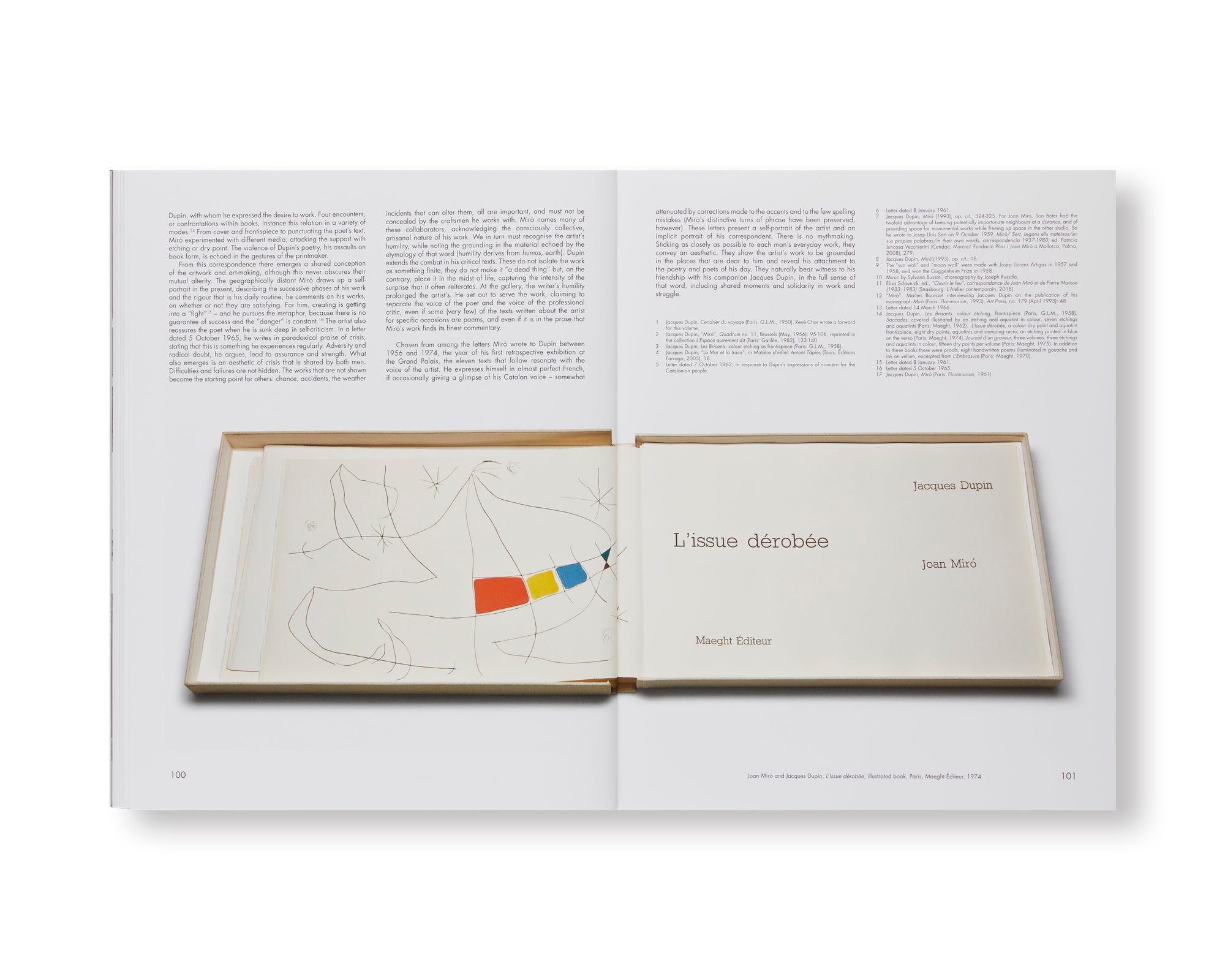
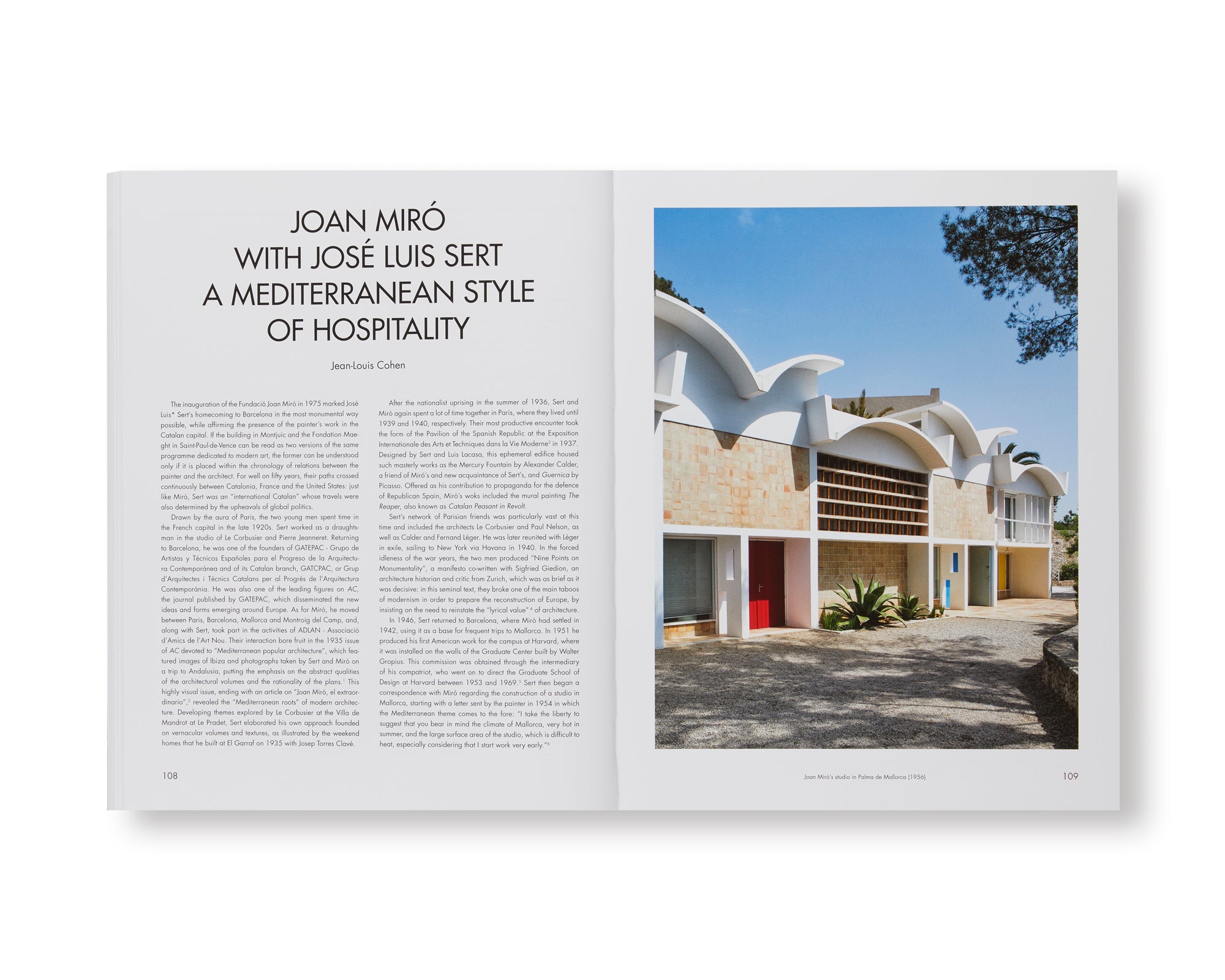
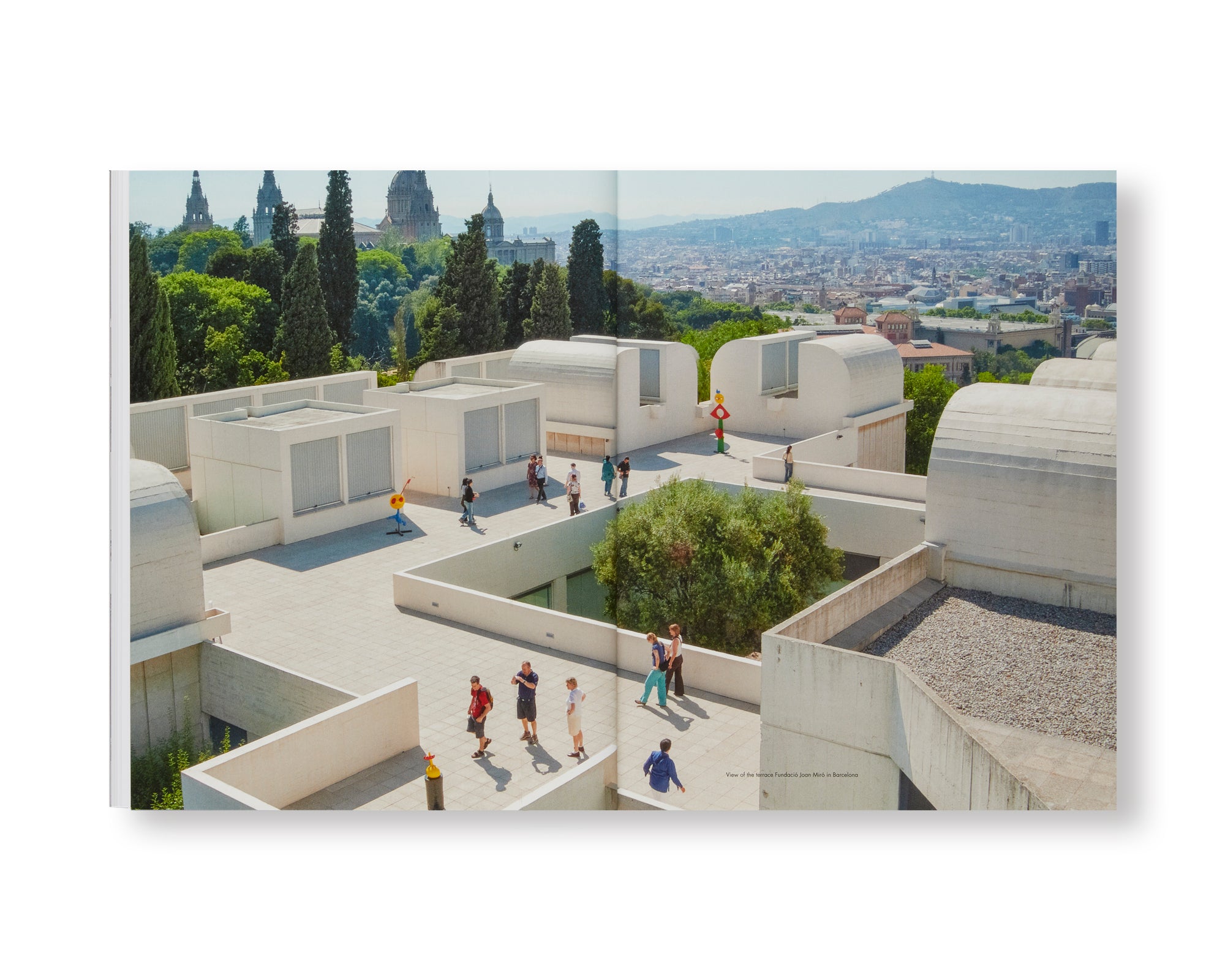
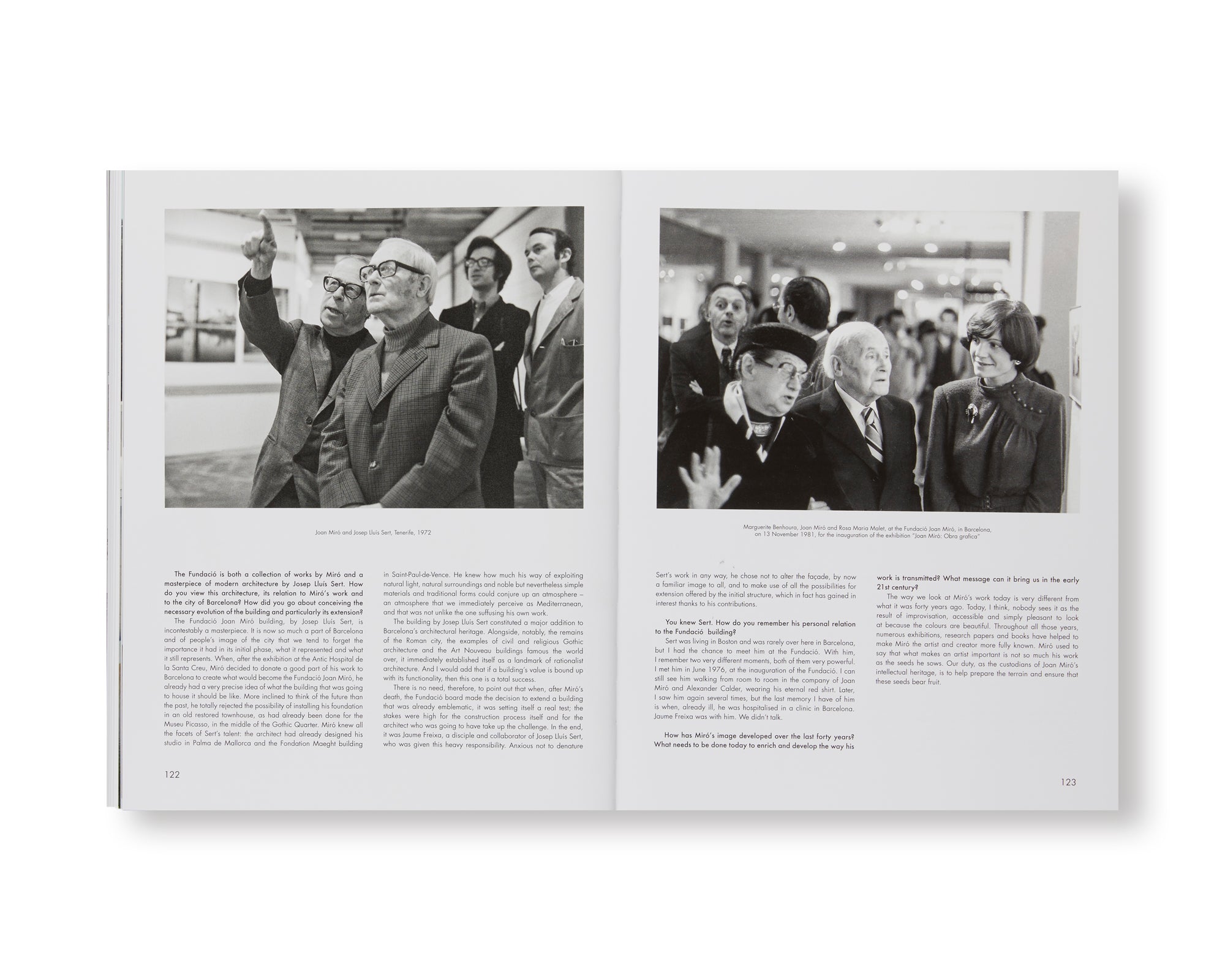
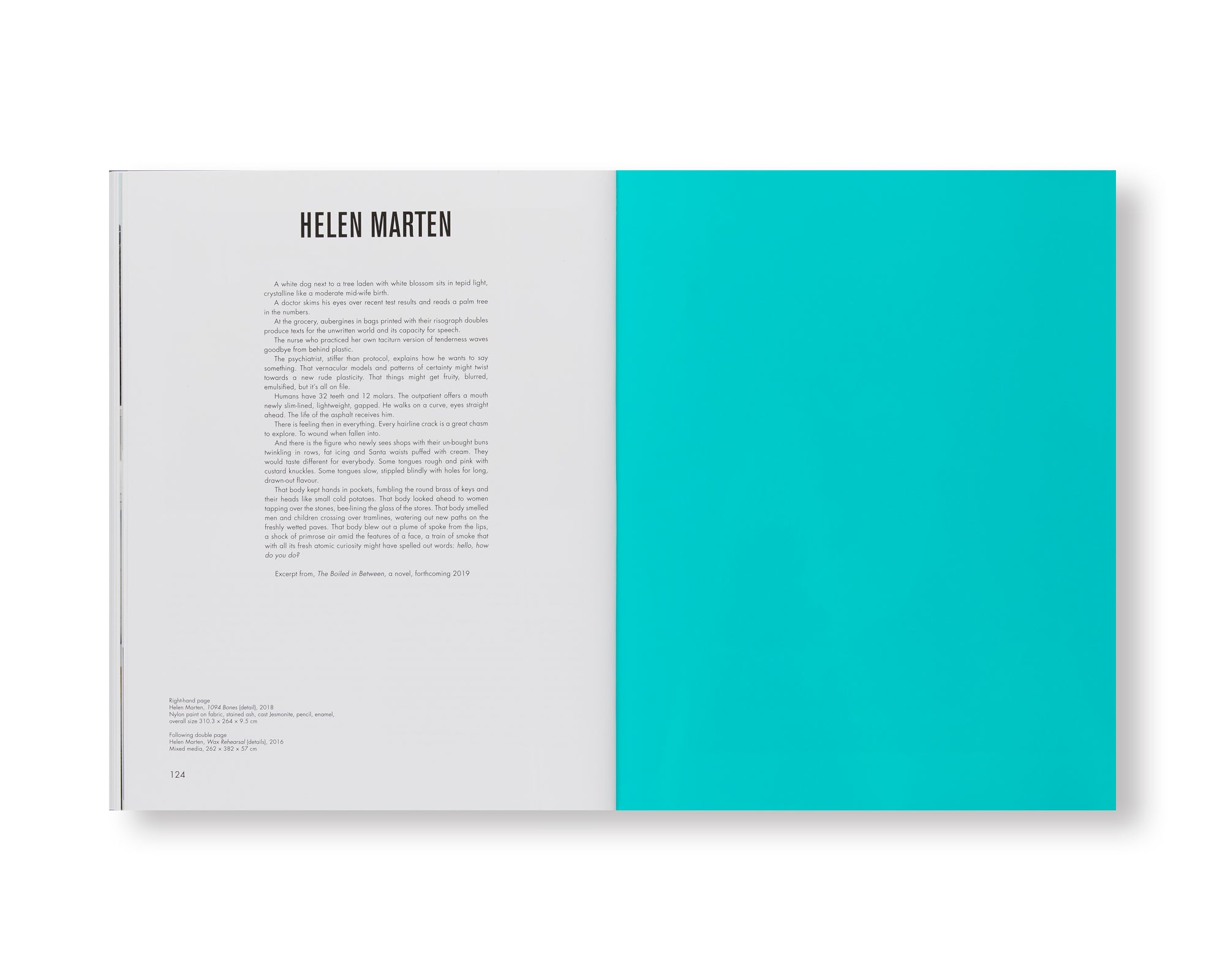
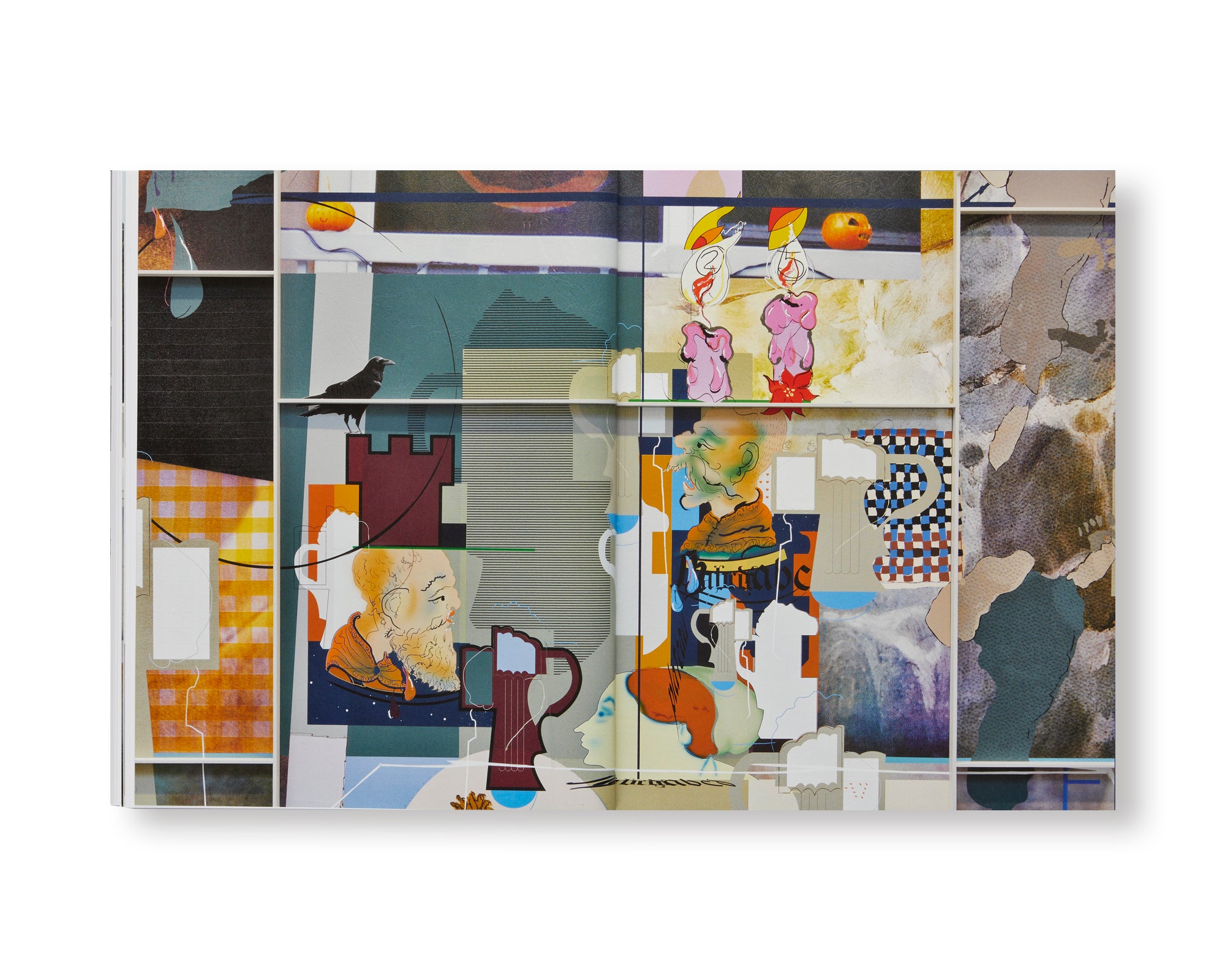
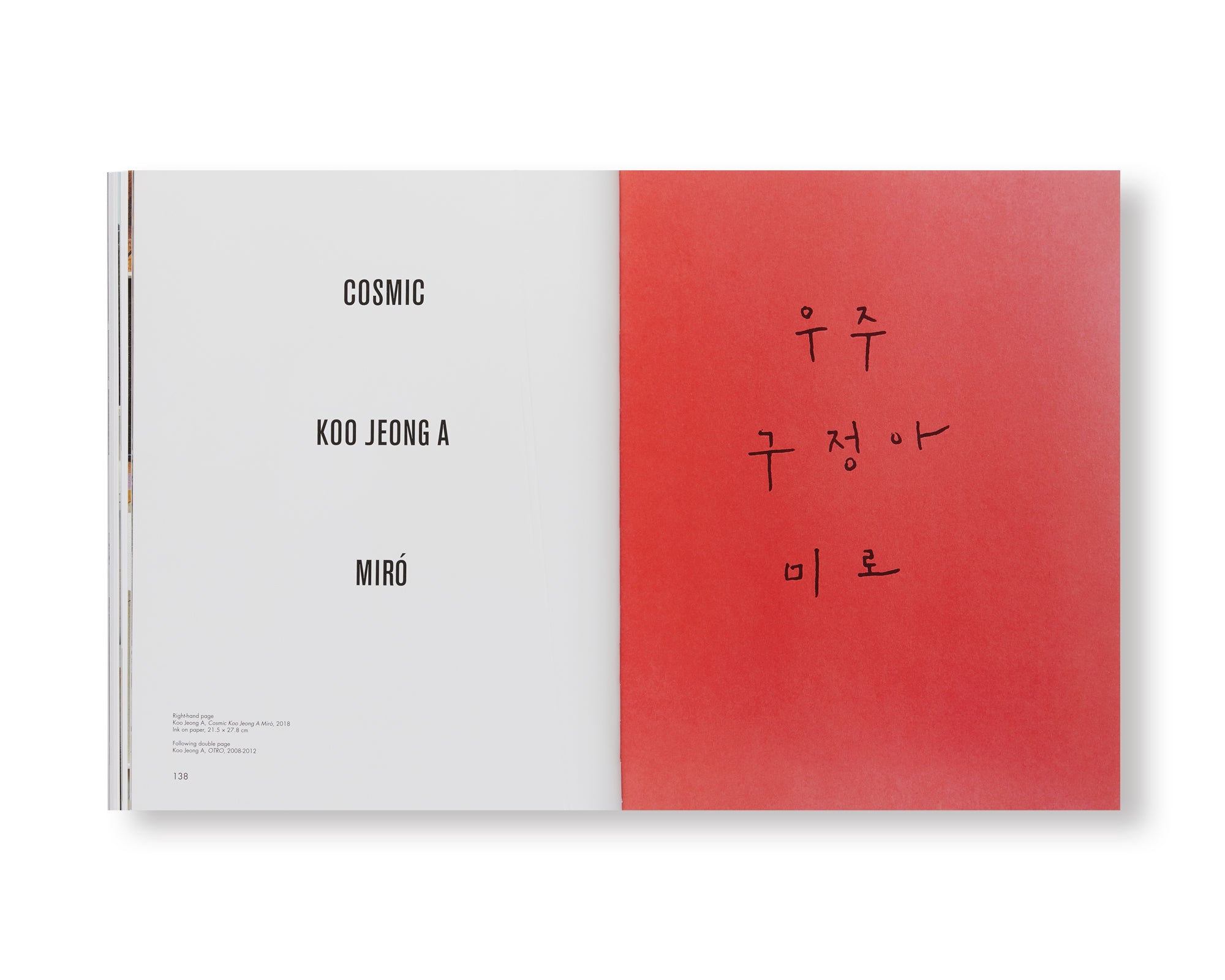
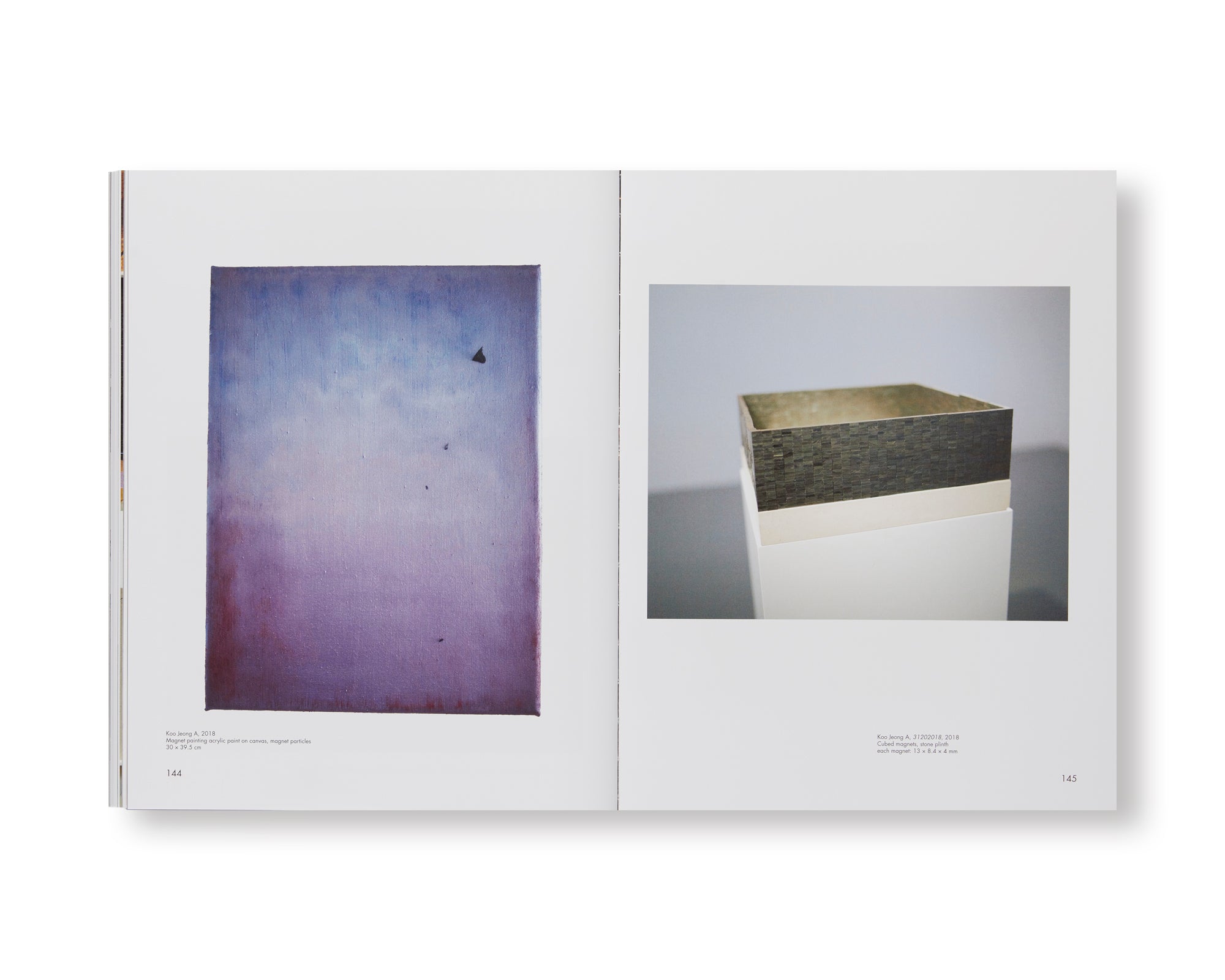
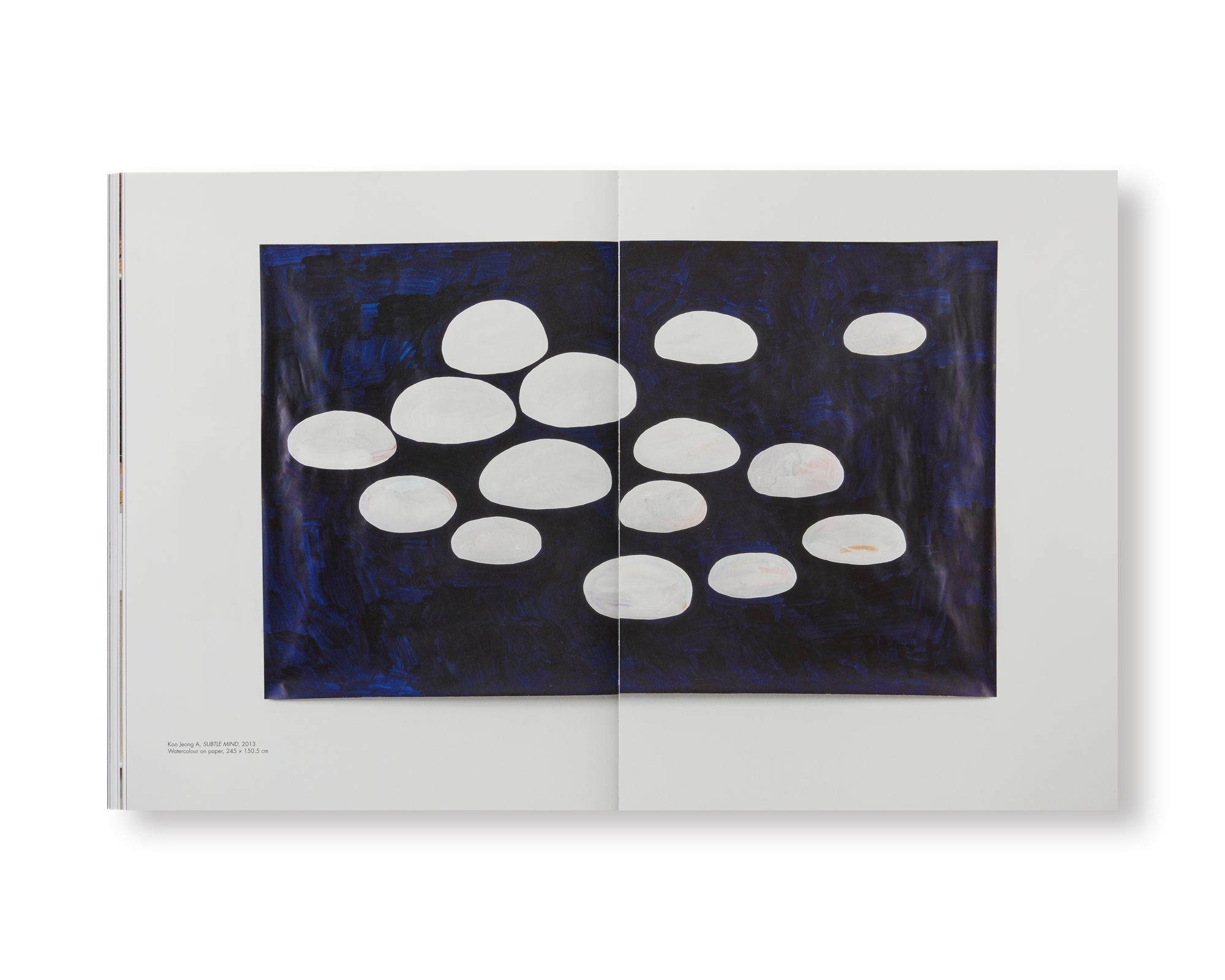
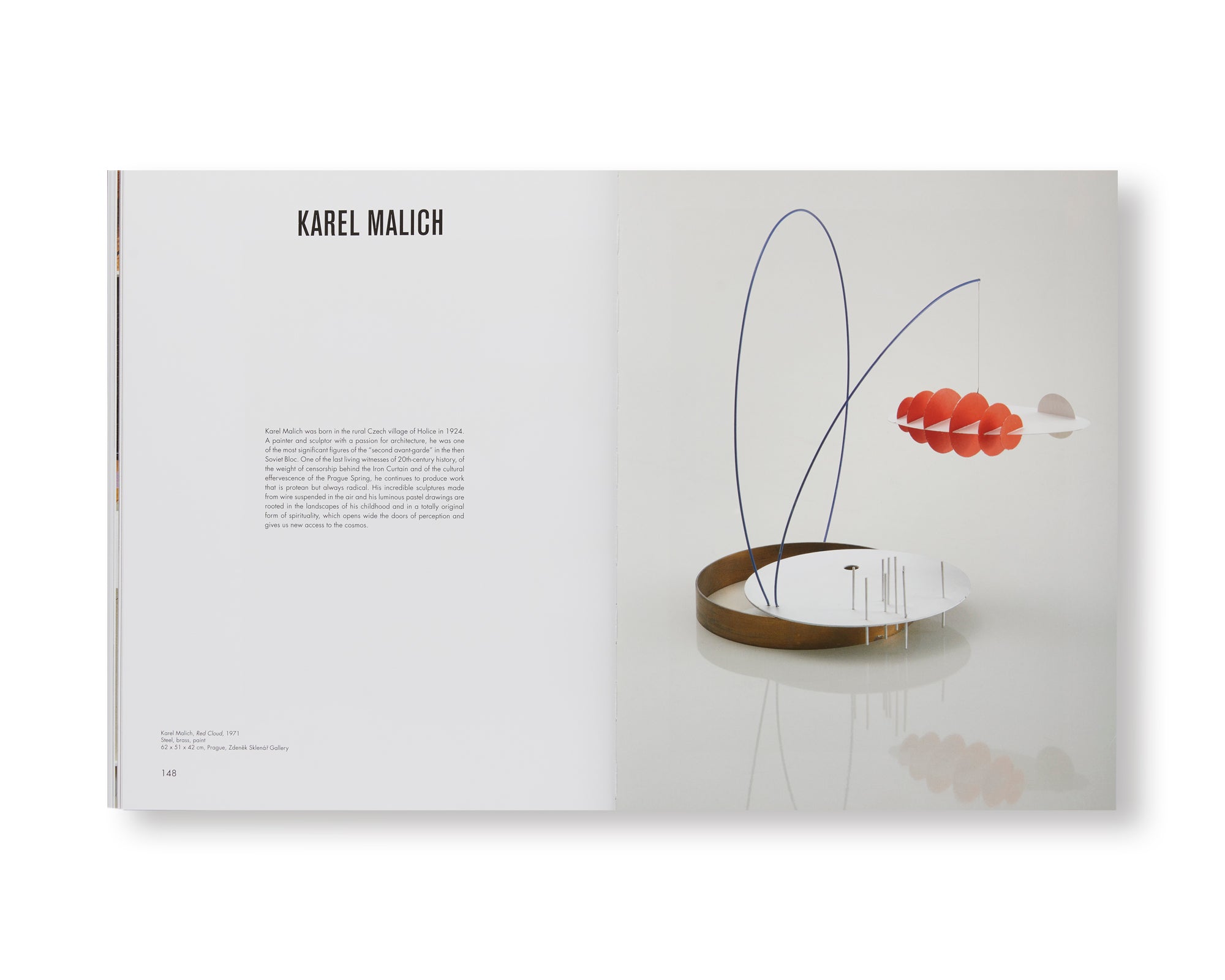
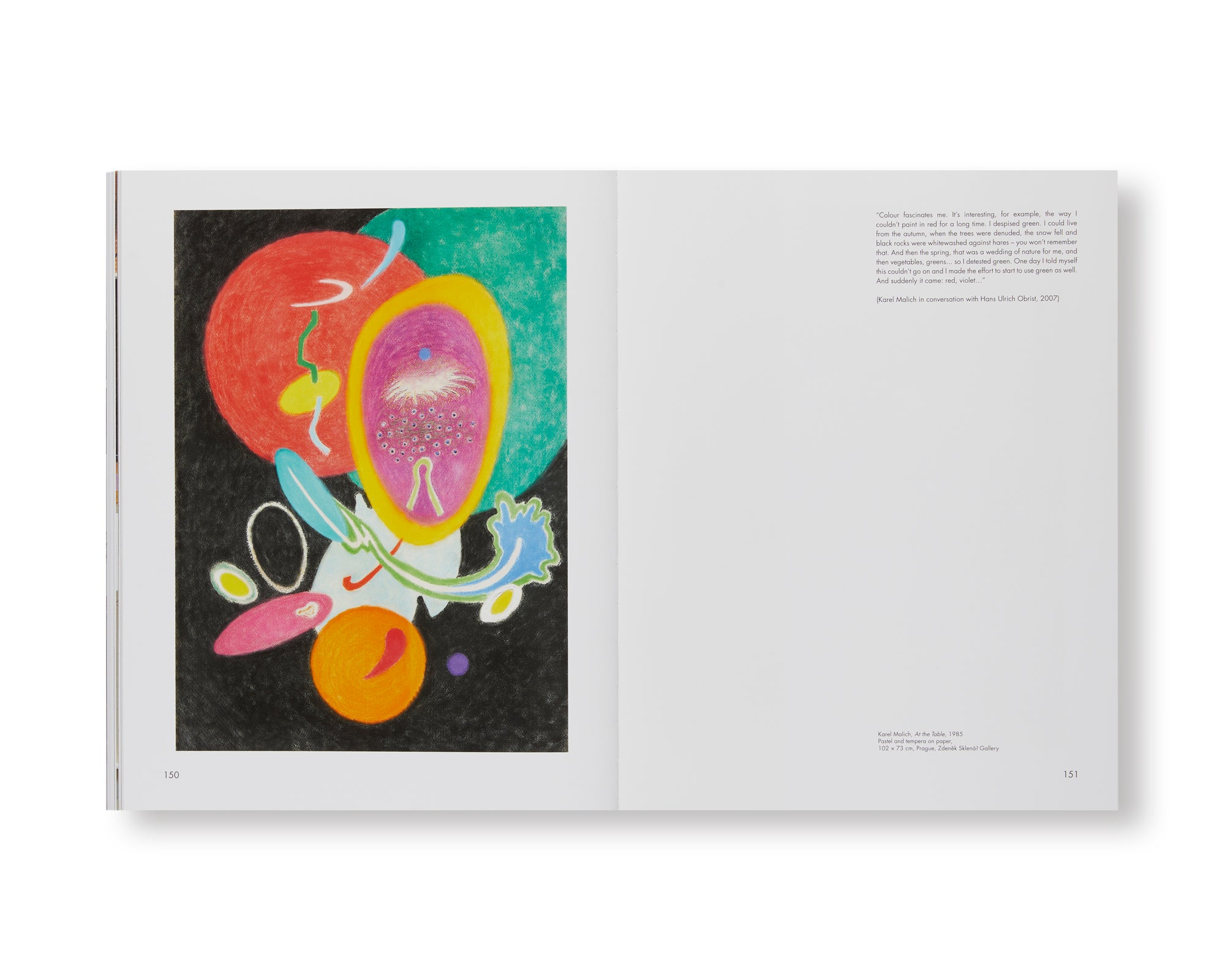
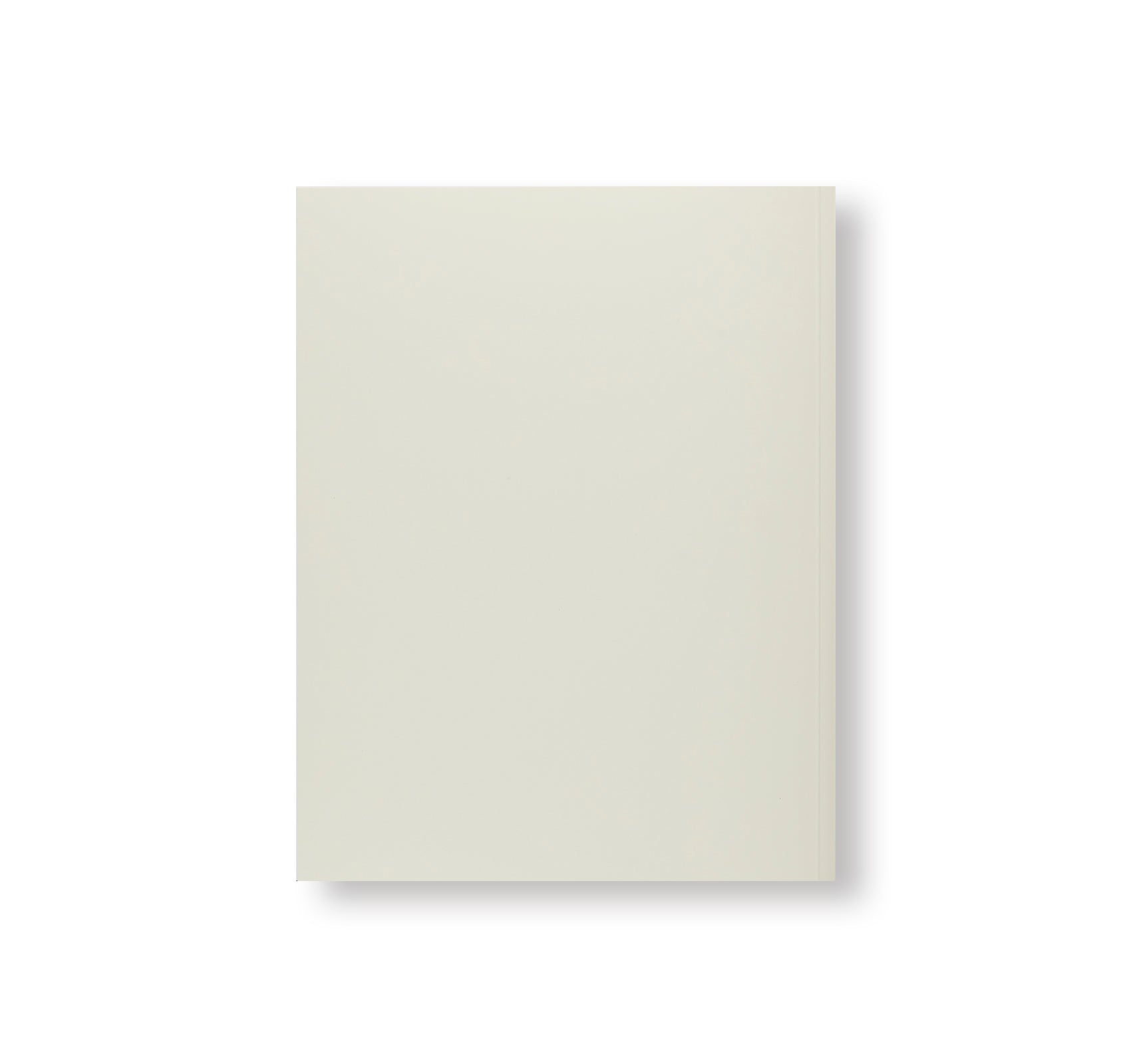
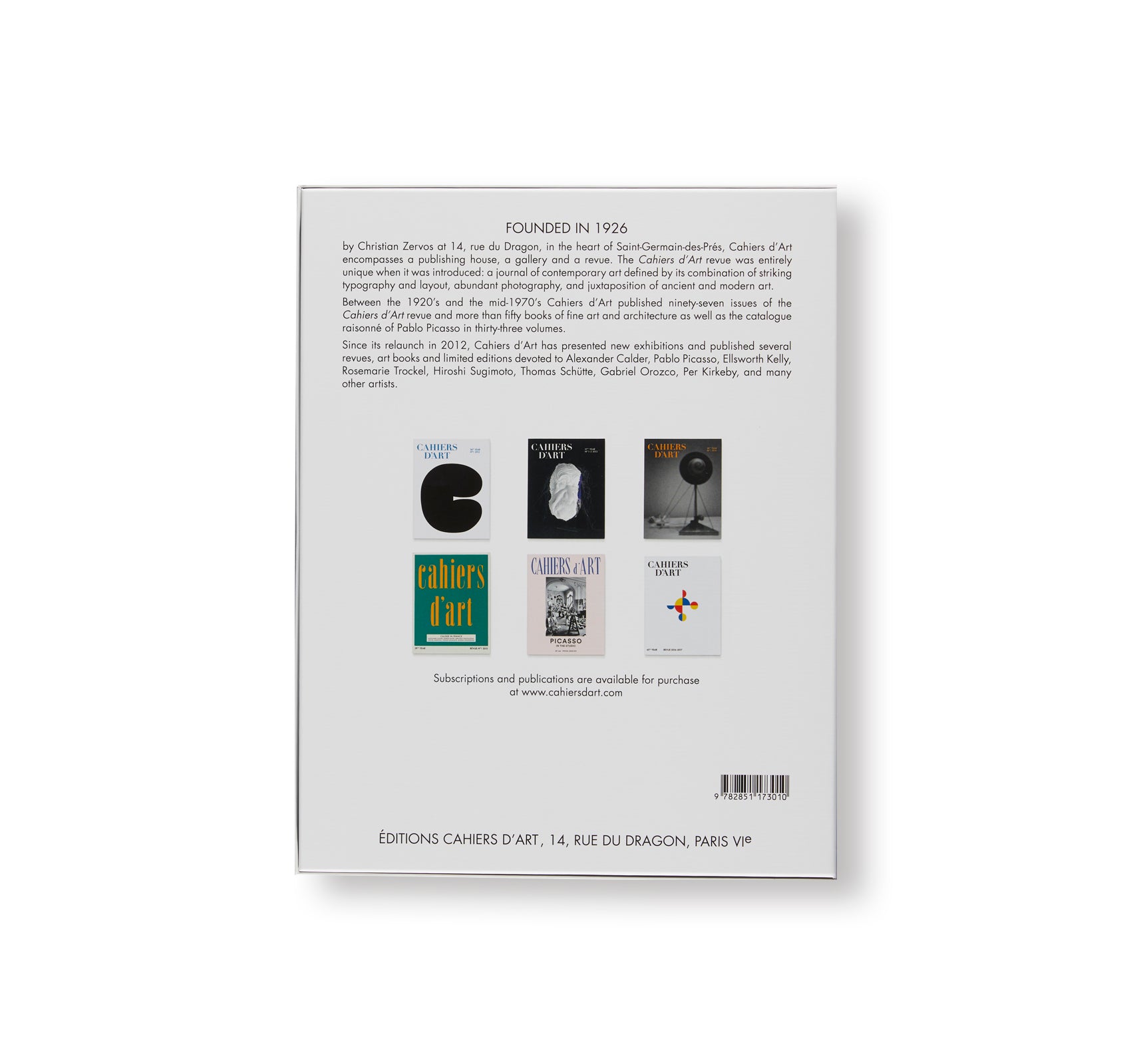
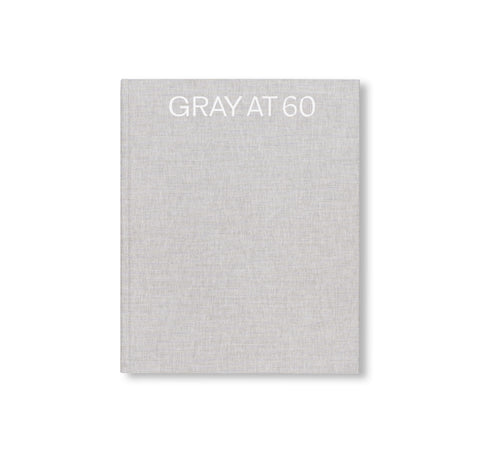
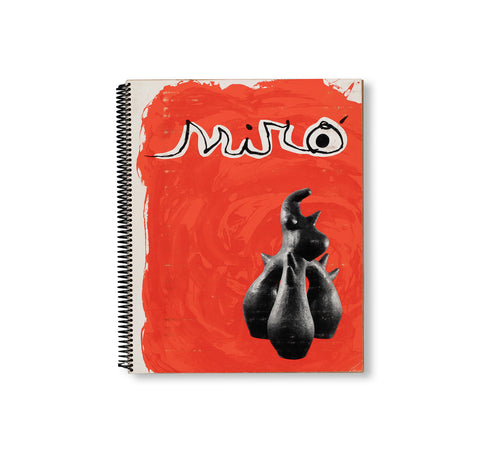
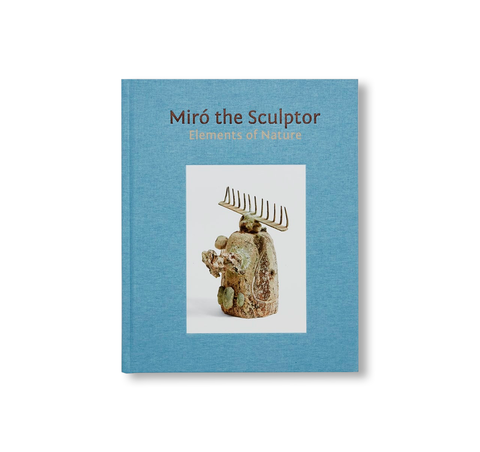
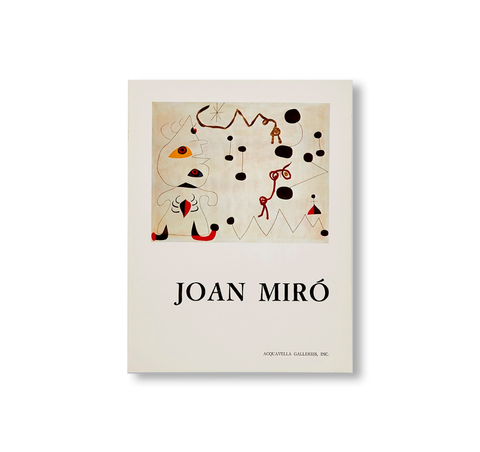
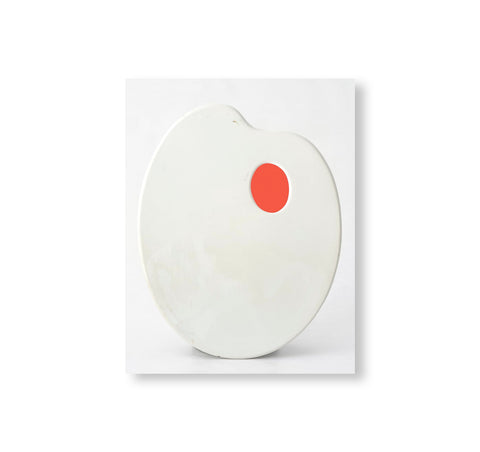
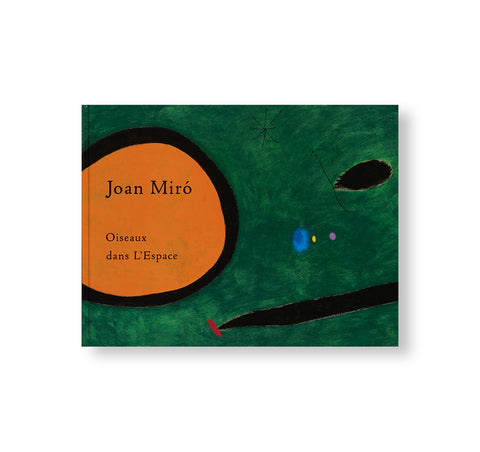
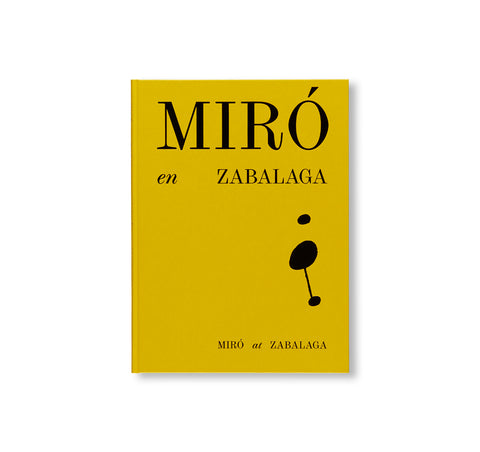
![MIRO, LITHOGRAPH by Joan Miró [FRAMED]](http://twelve-books.com/cdn/shop/products/MIRO_LITHOGRAPHbyJoanMiro_00_32cf1219-d8fd-4f44-b065-91d35bb79624_large.jpg?v=1680769817)
